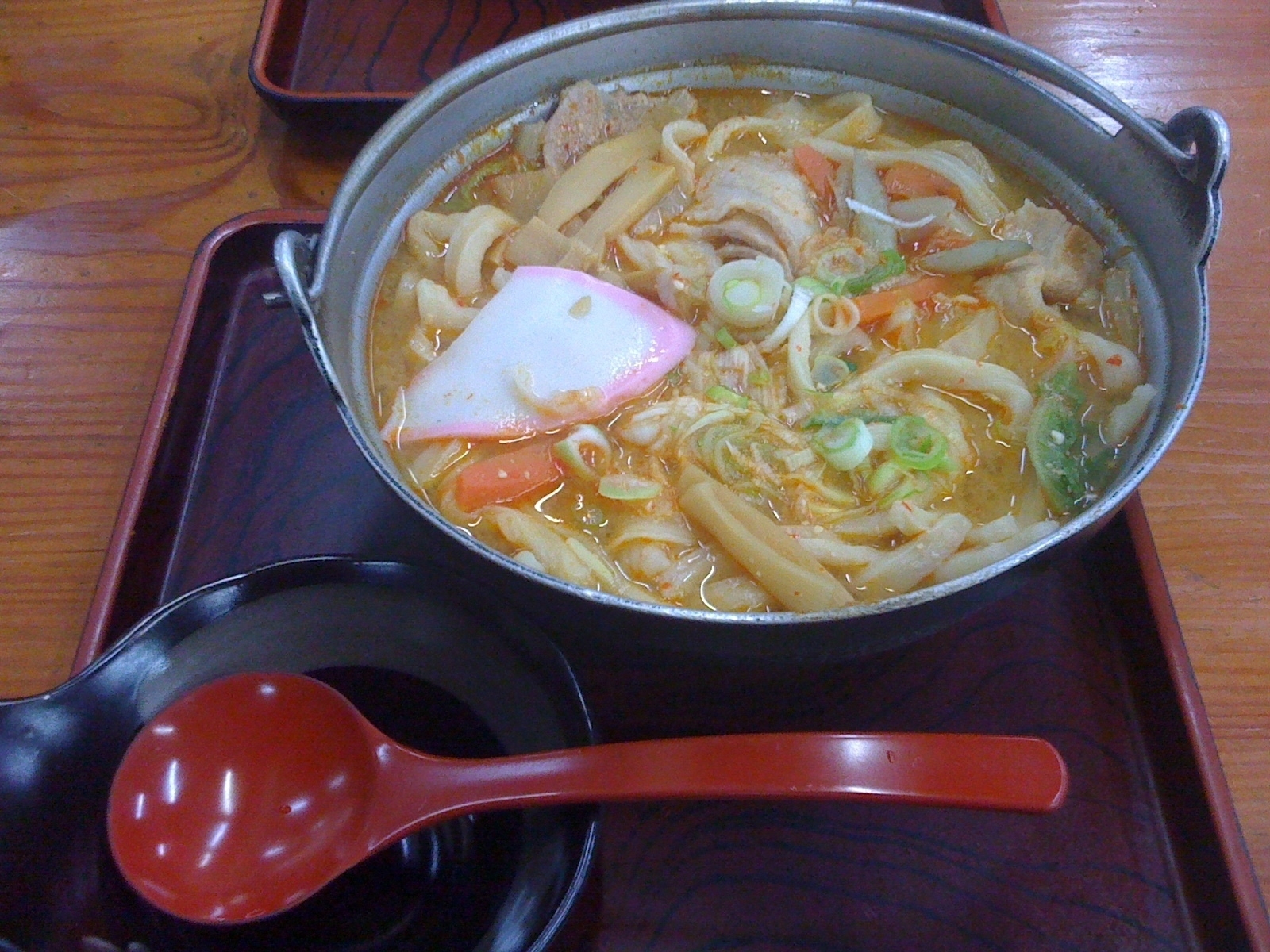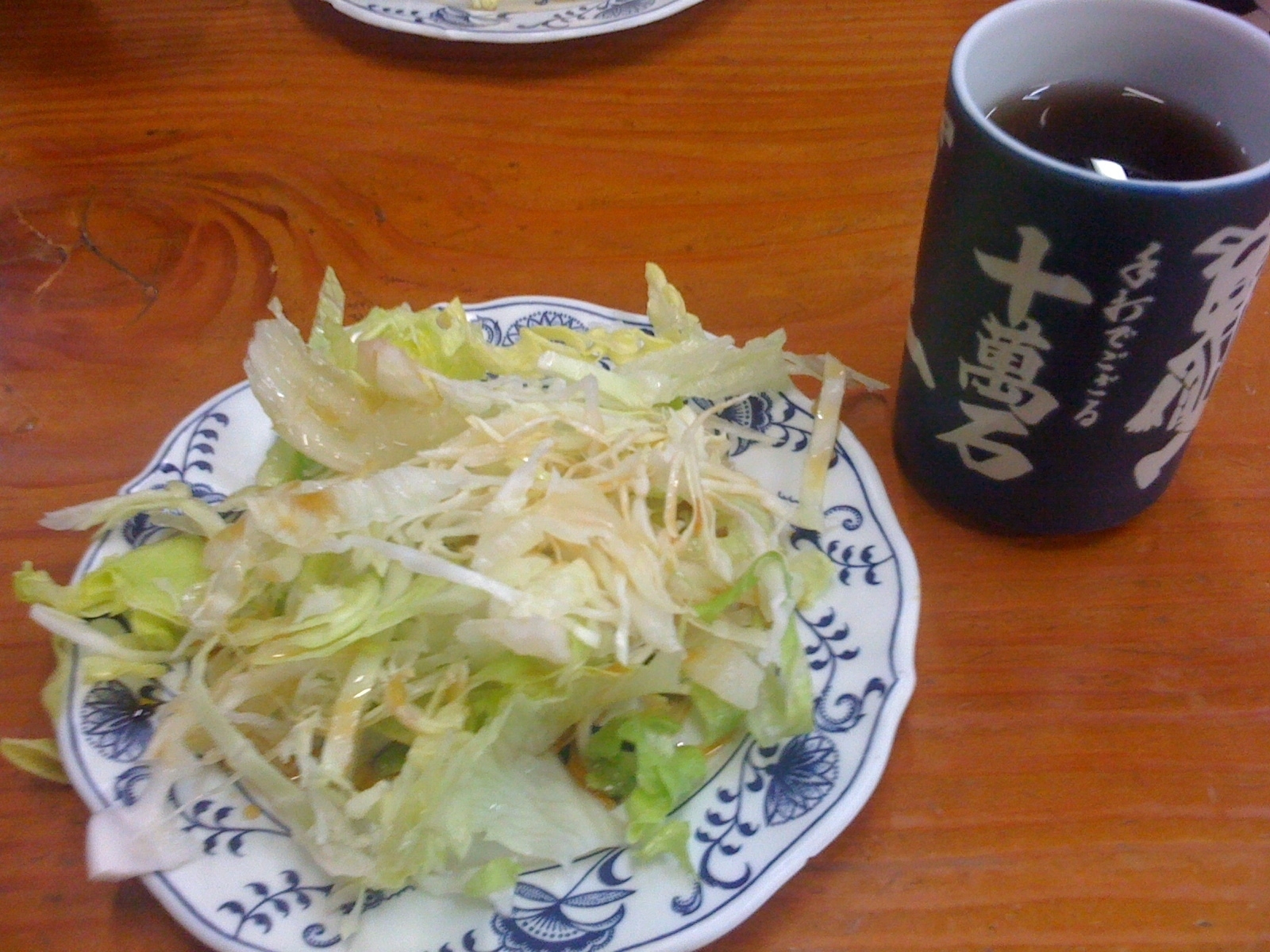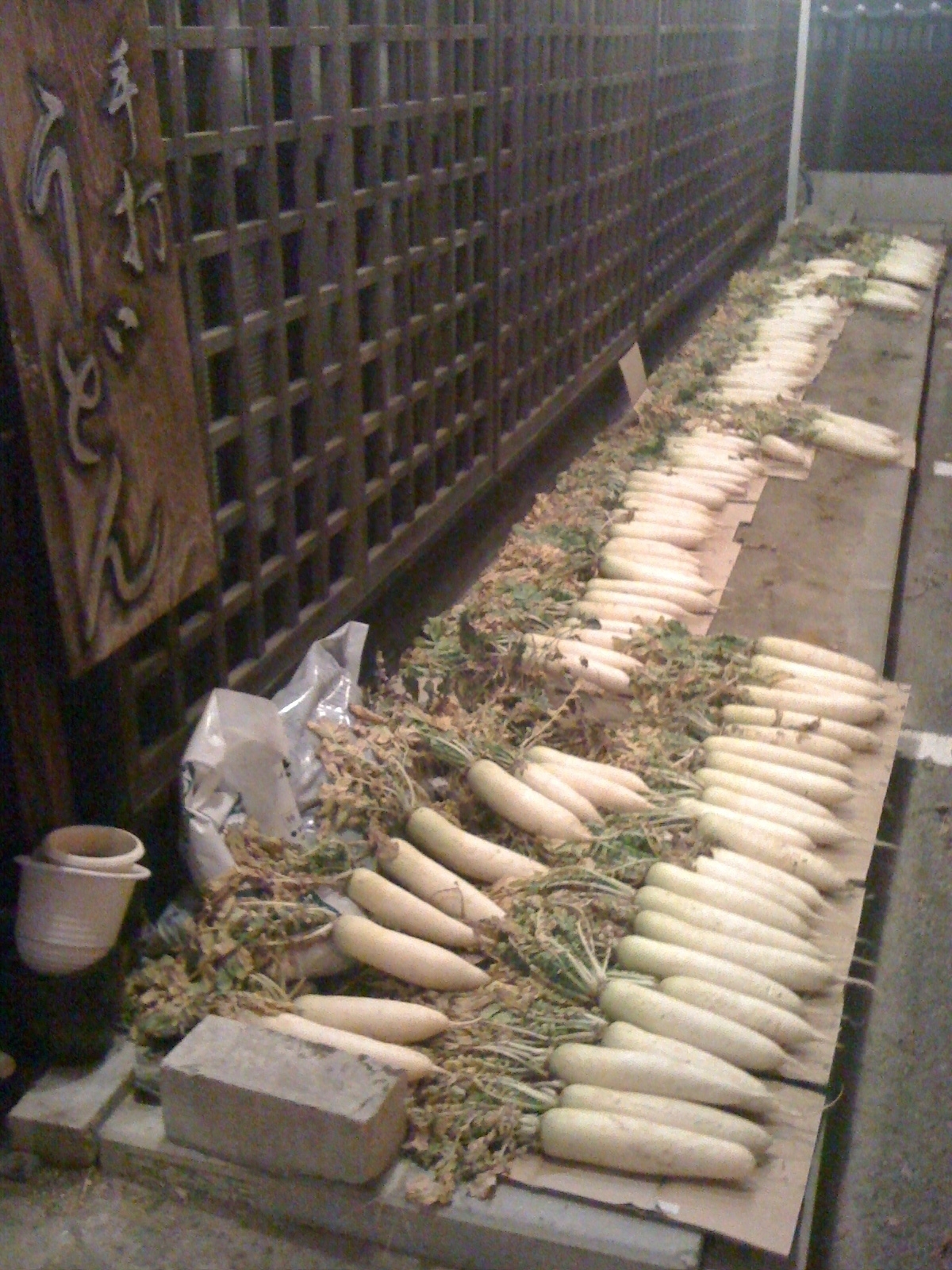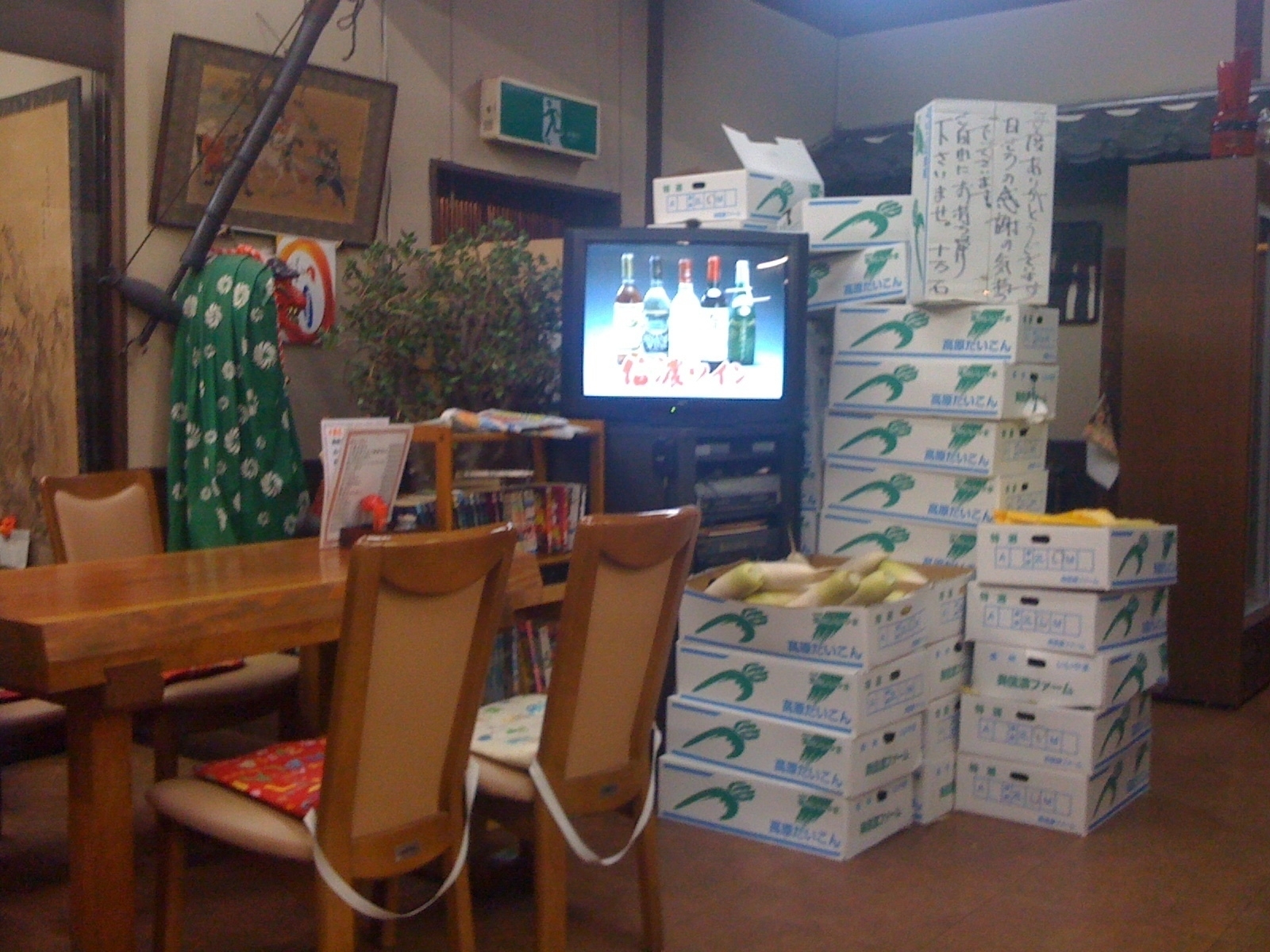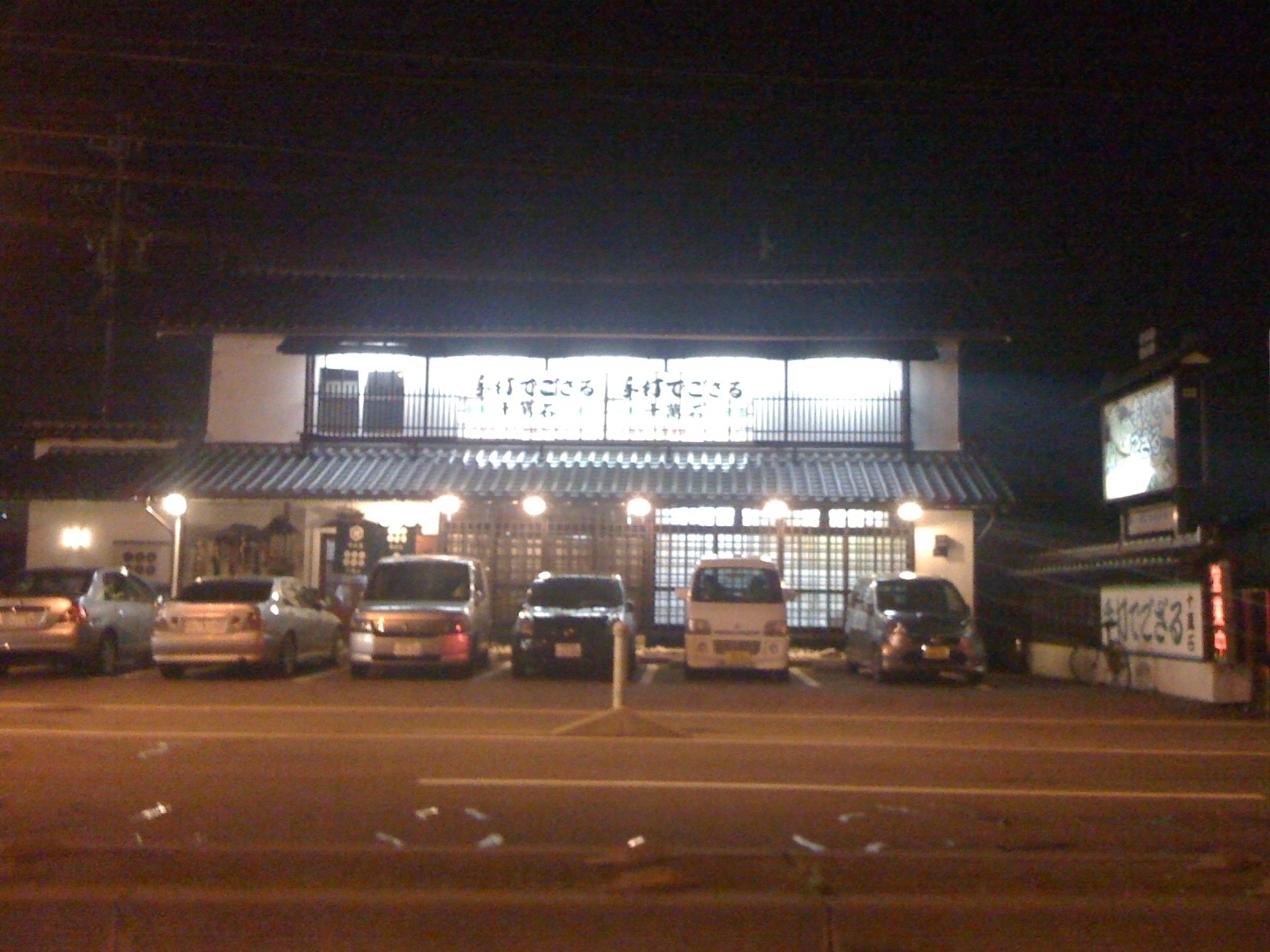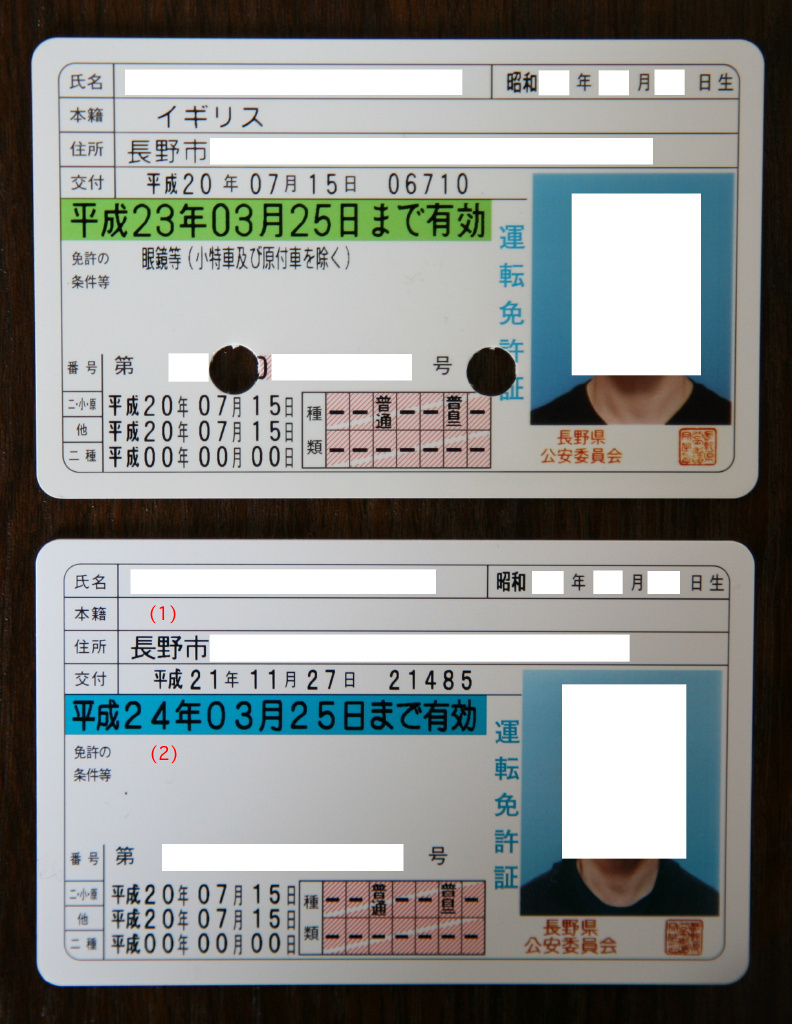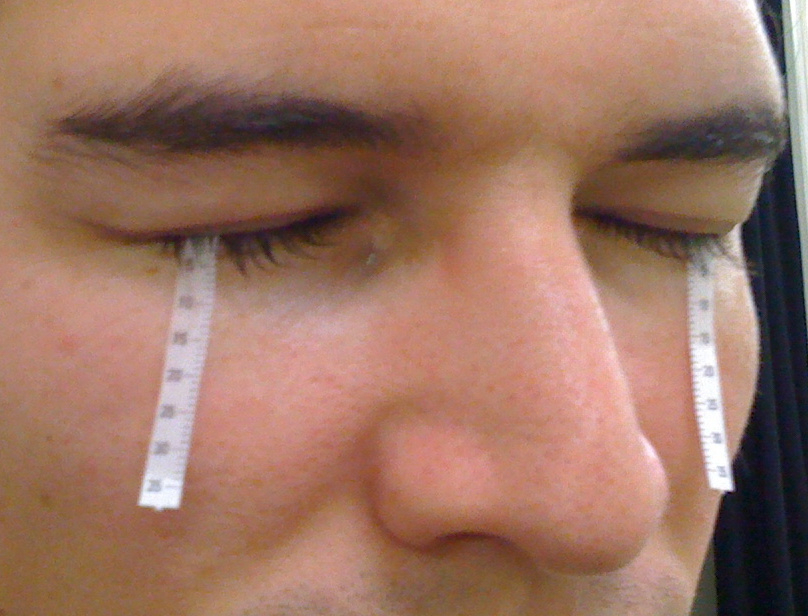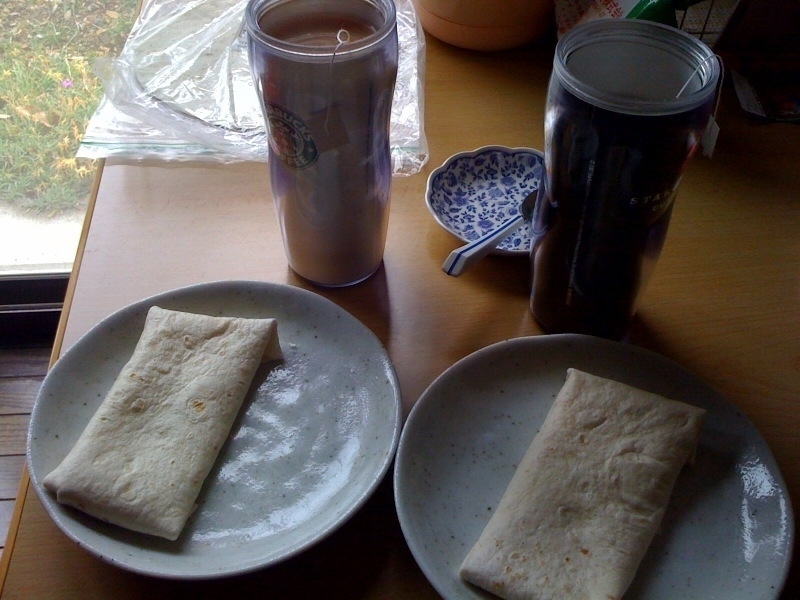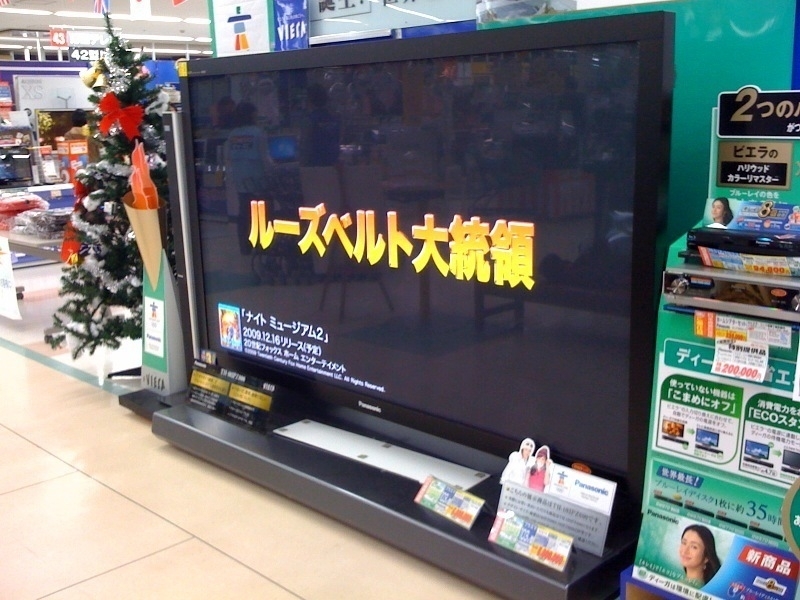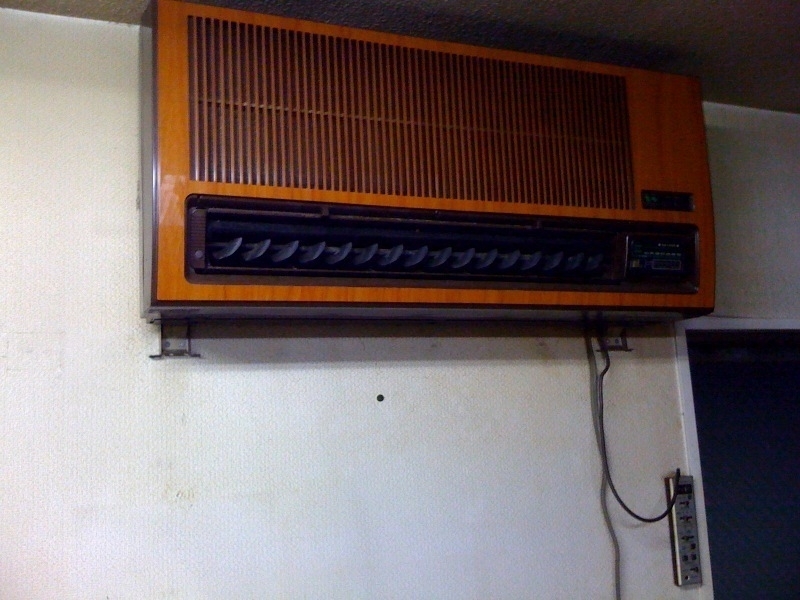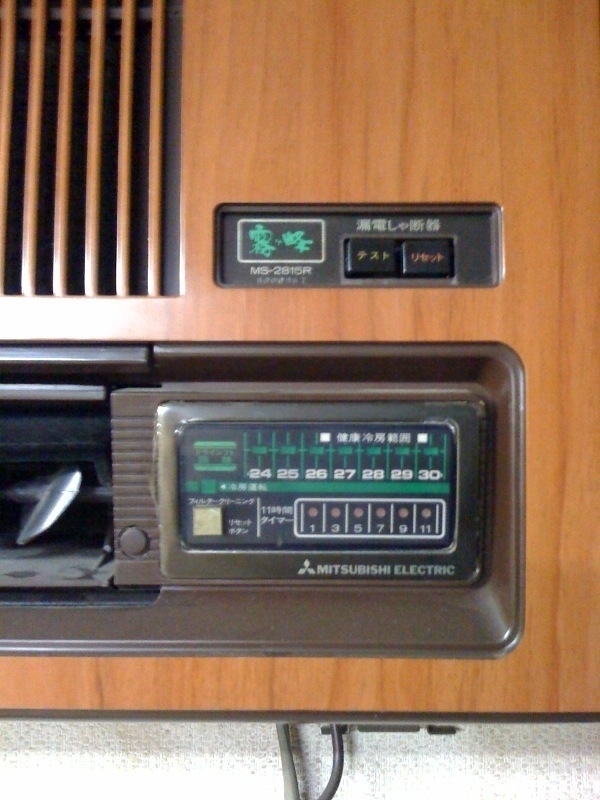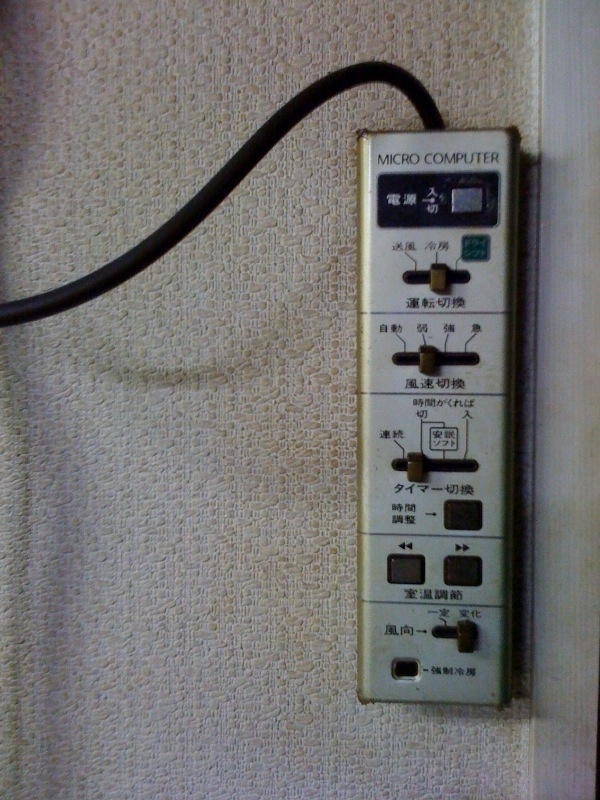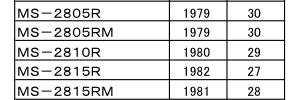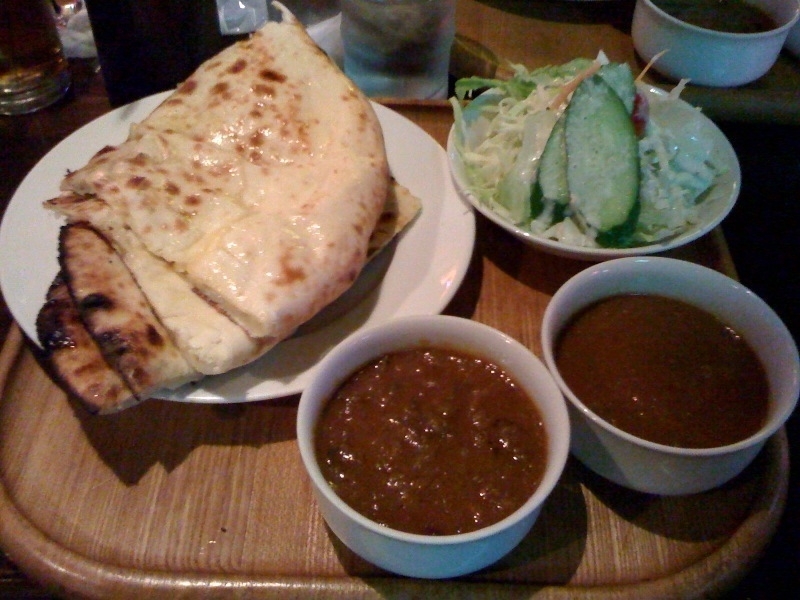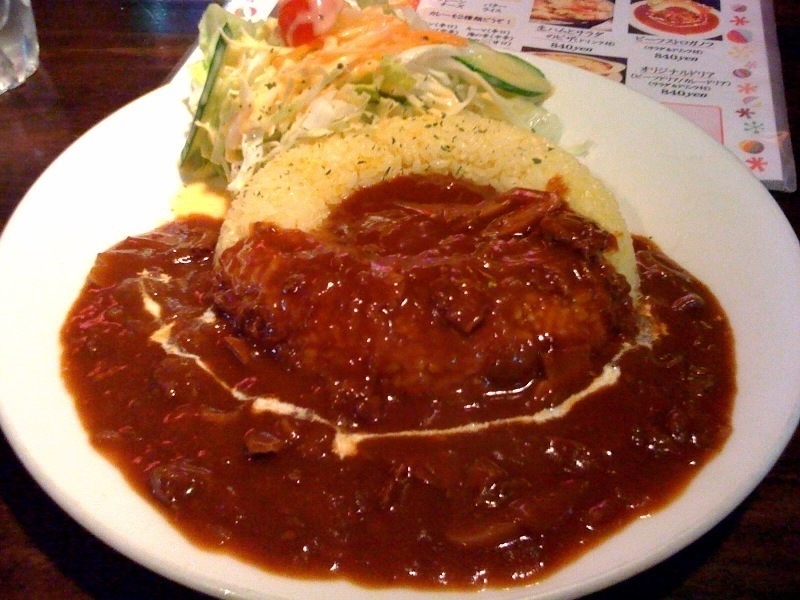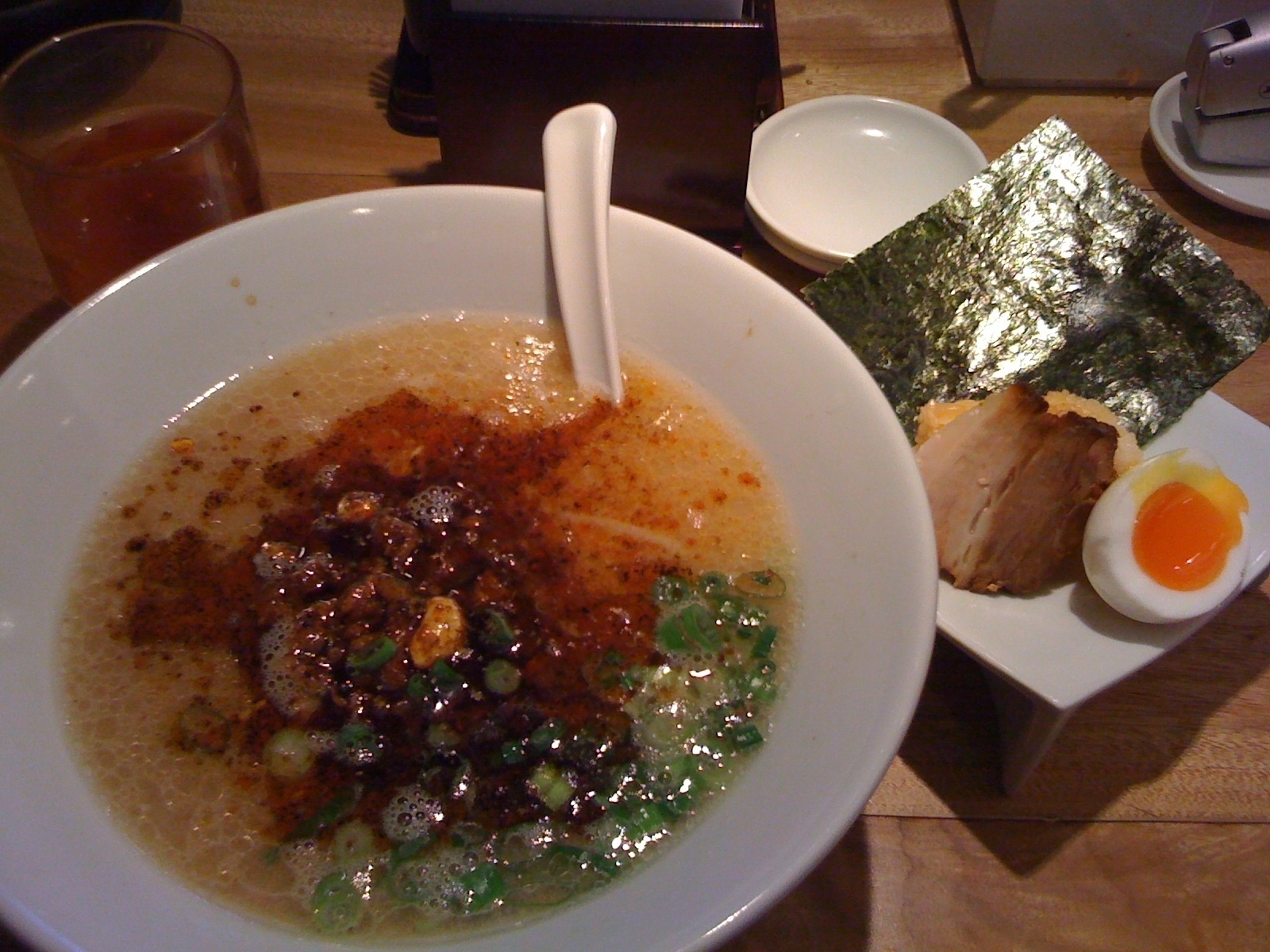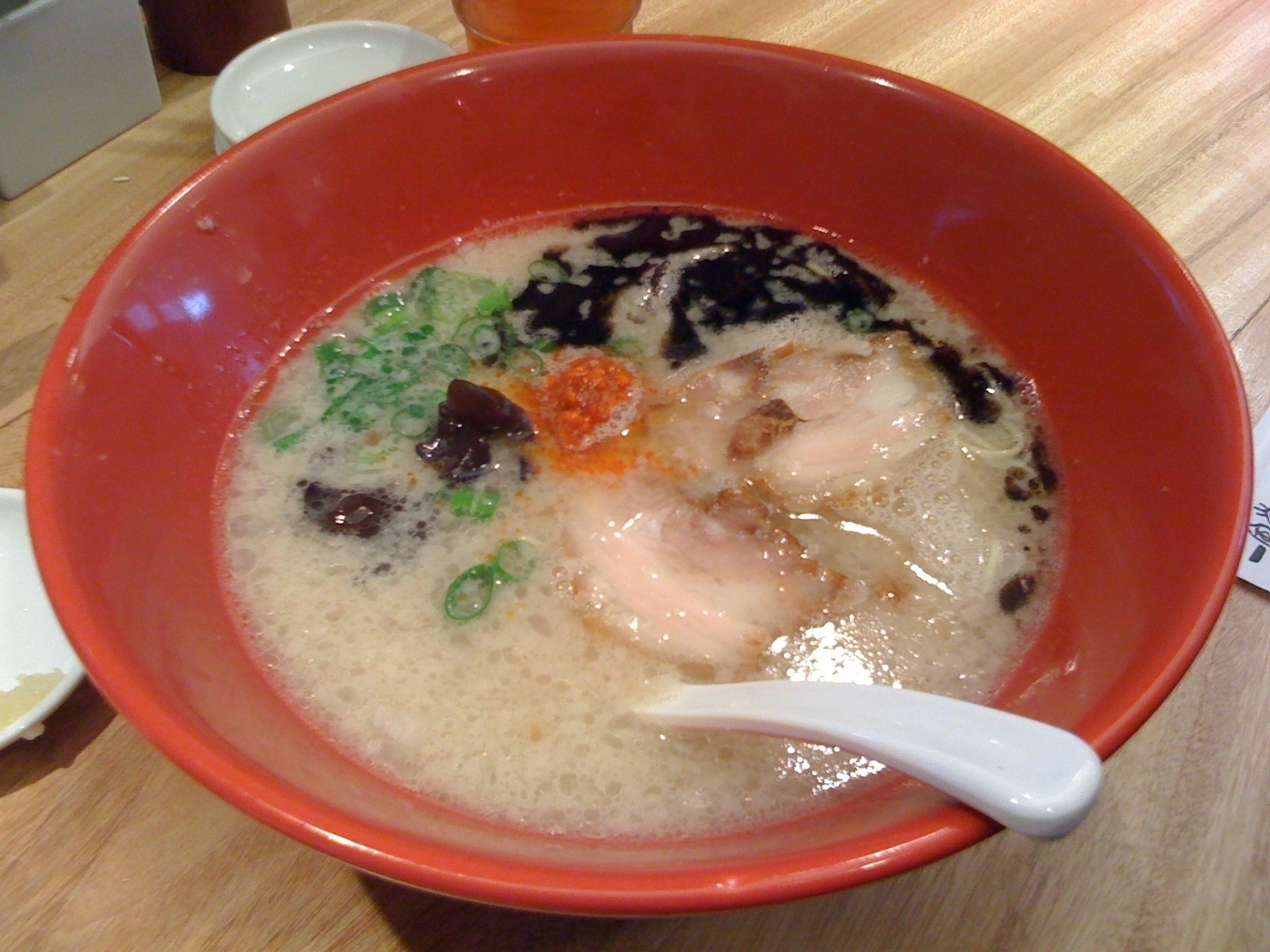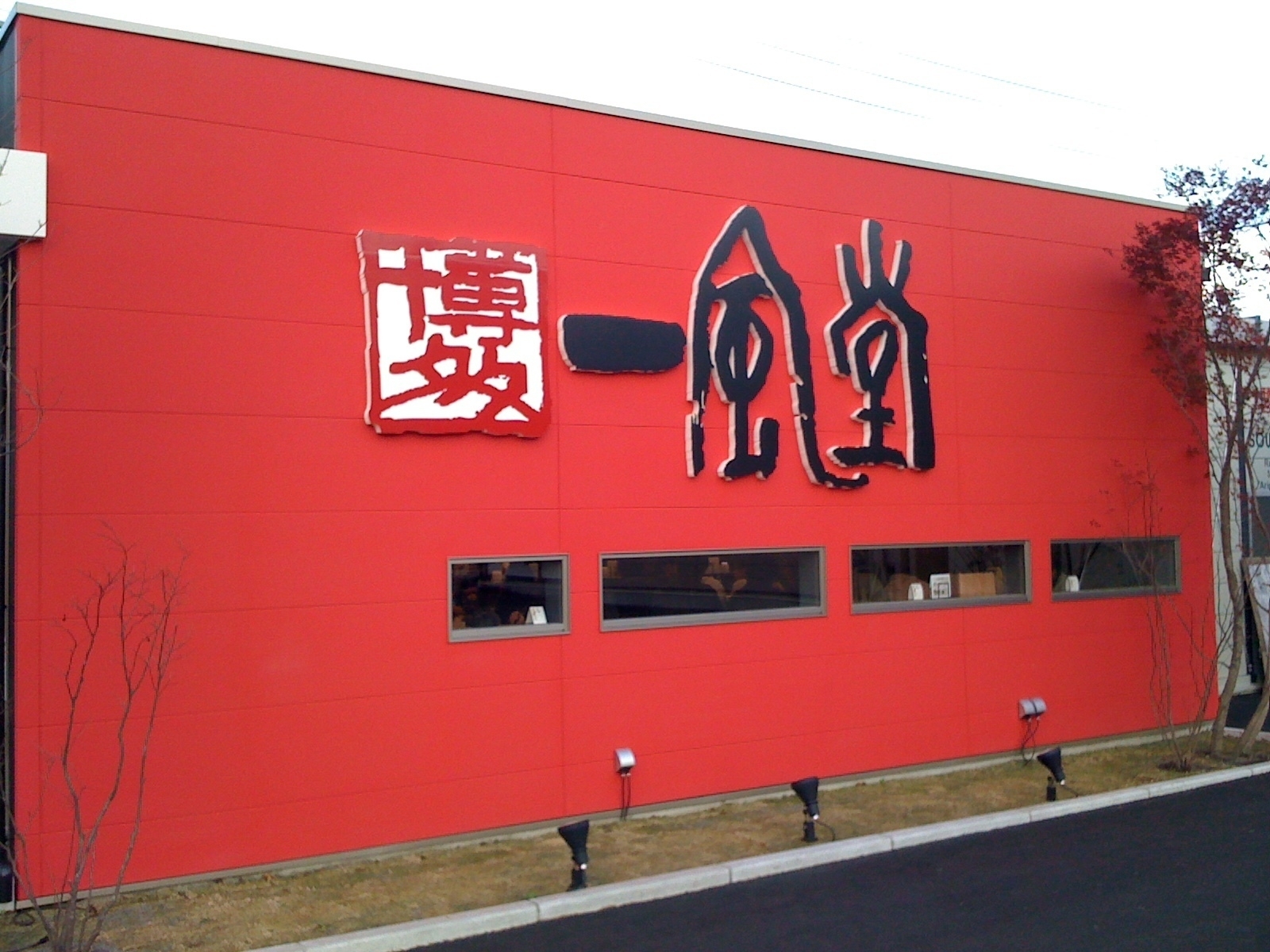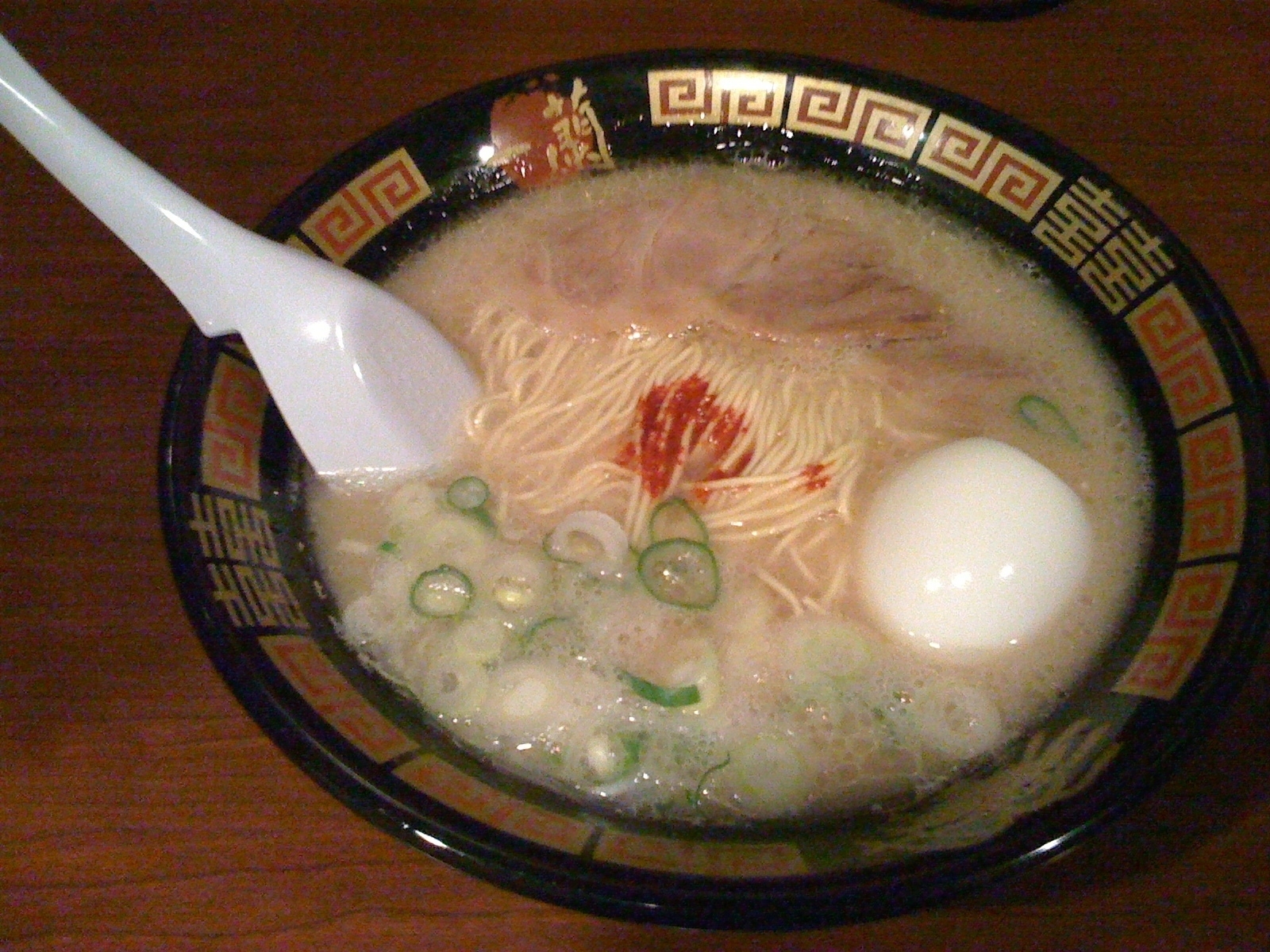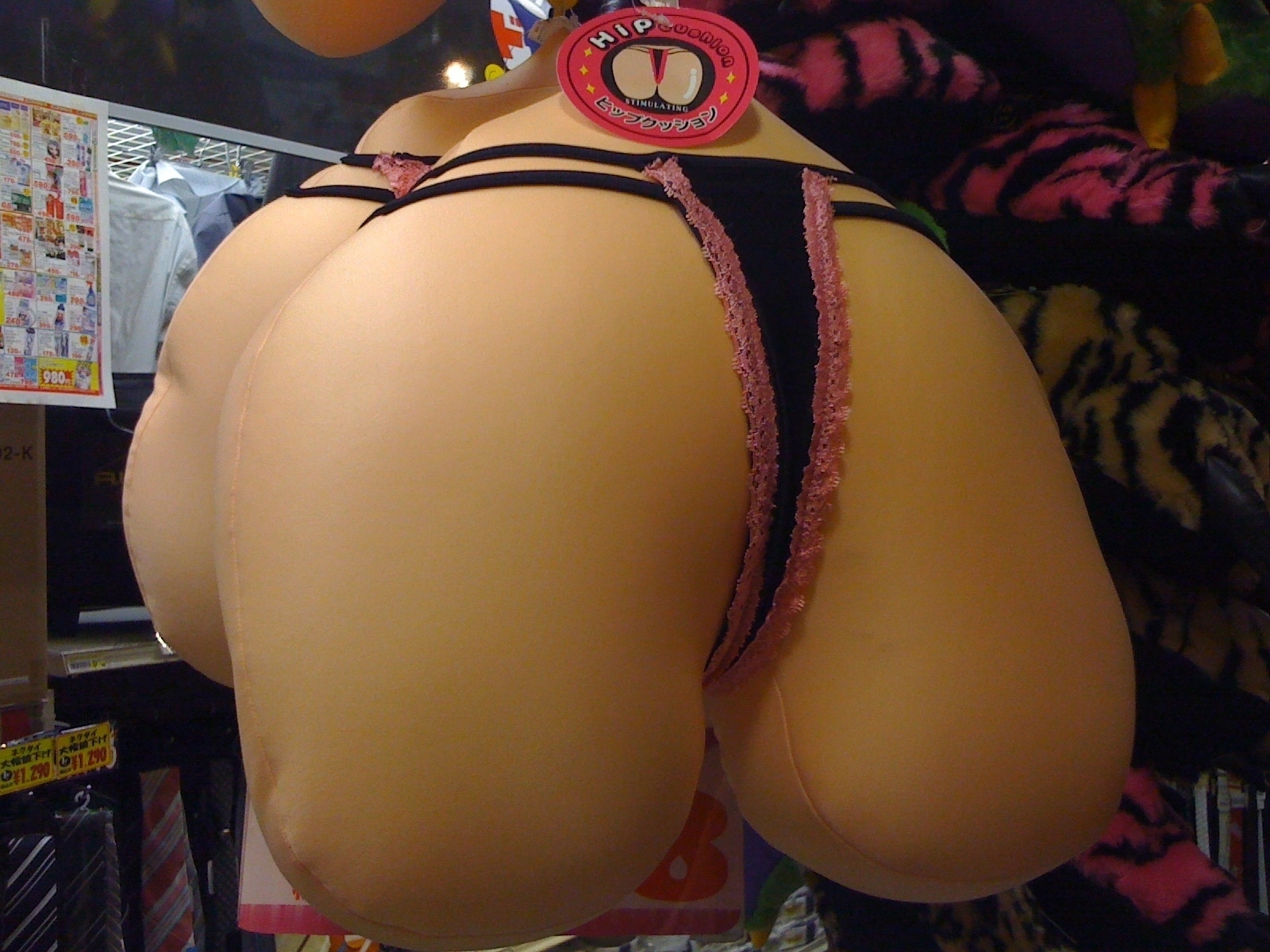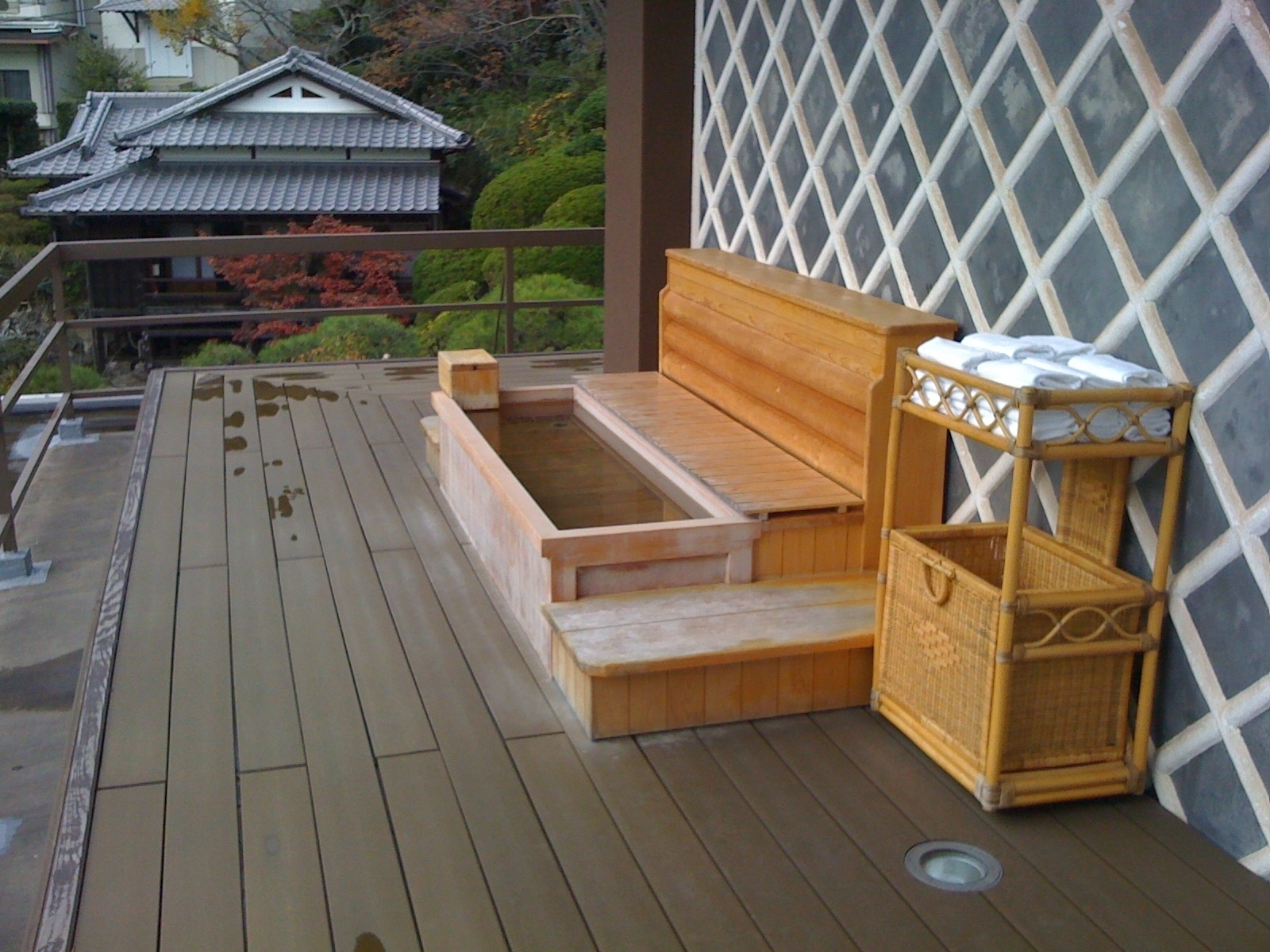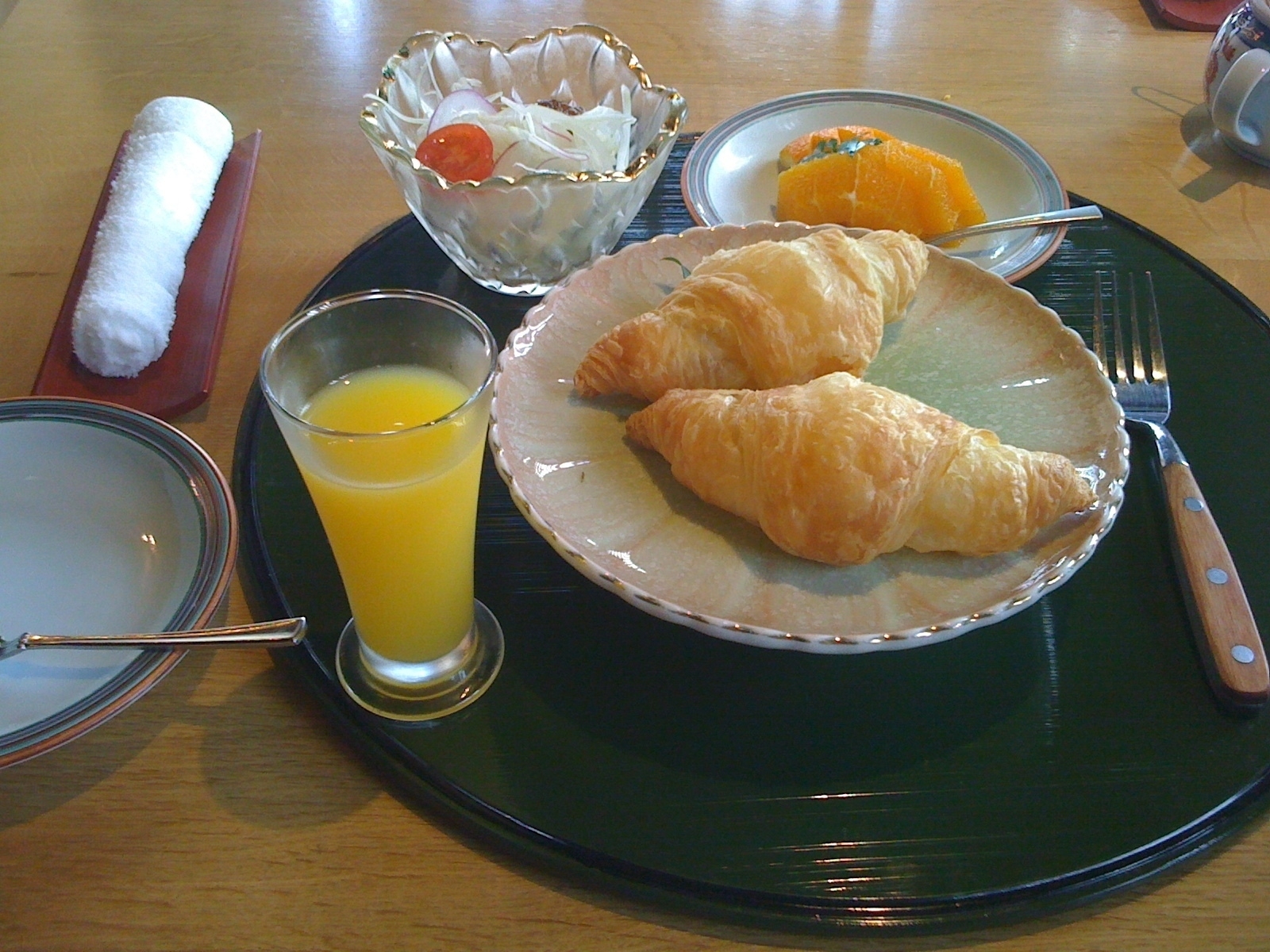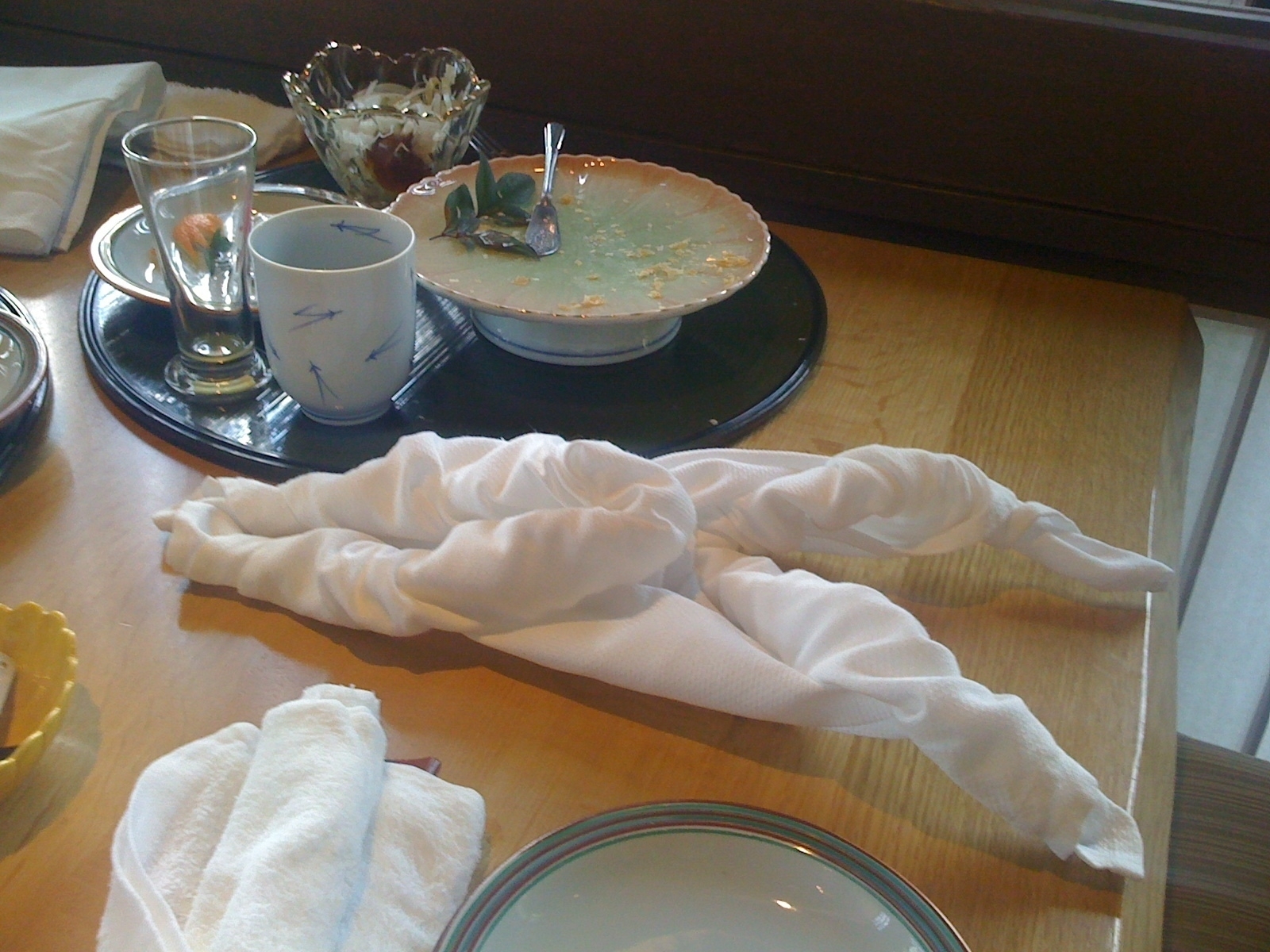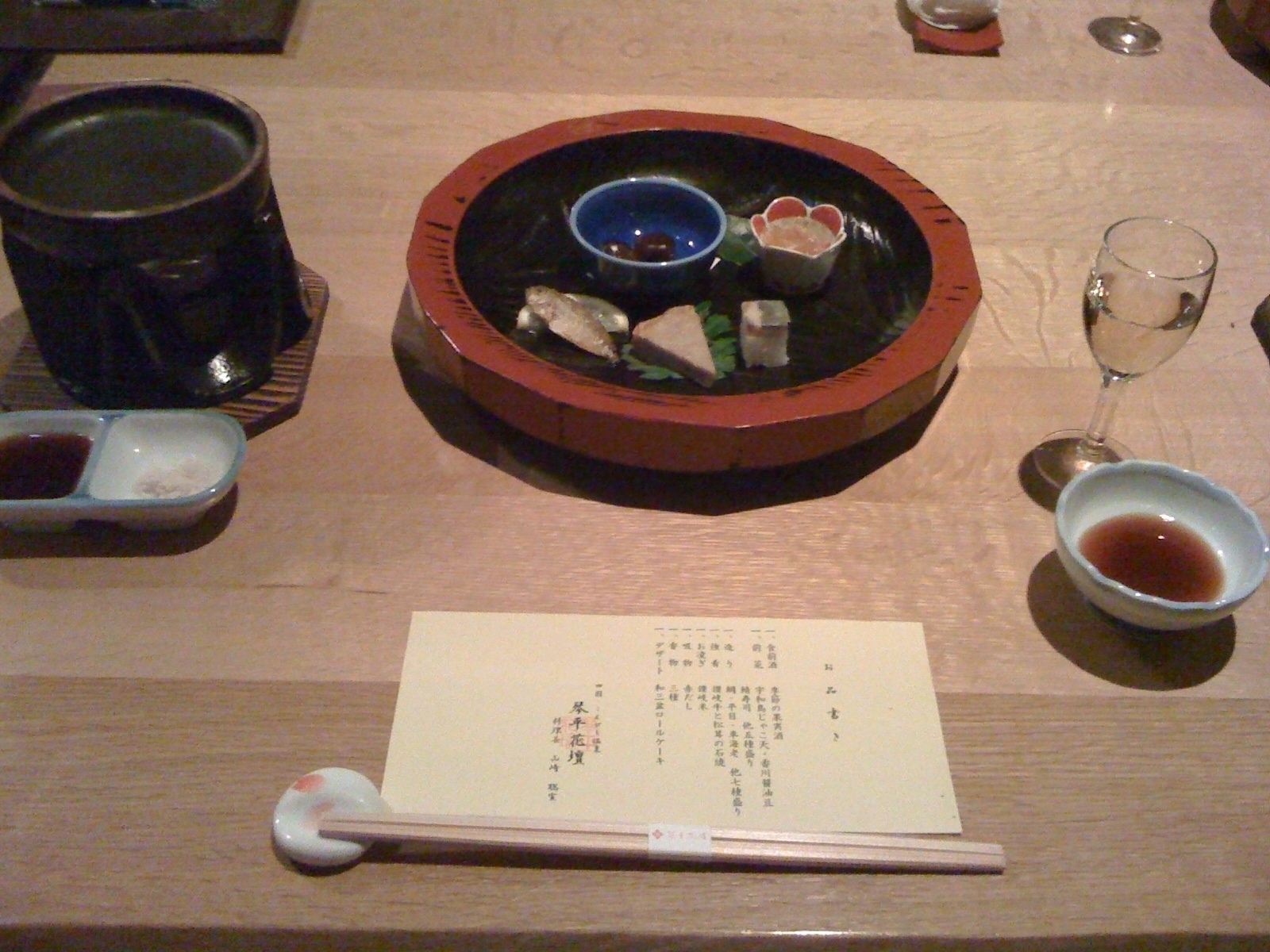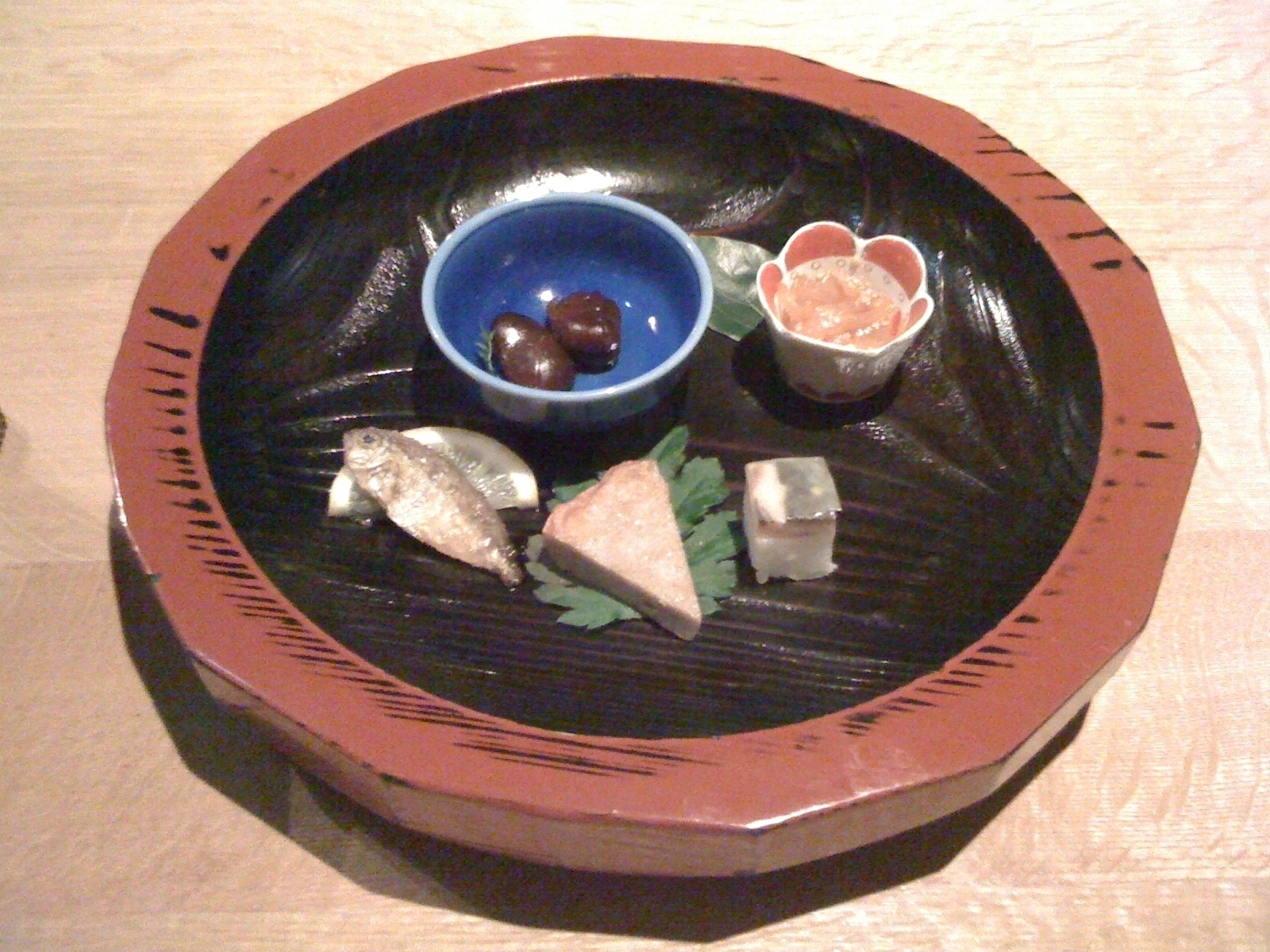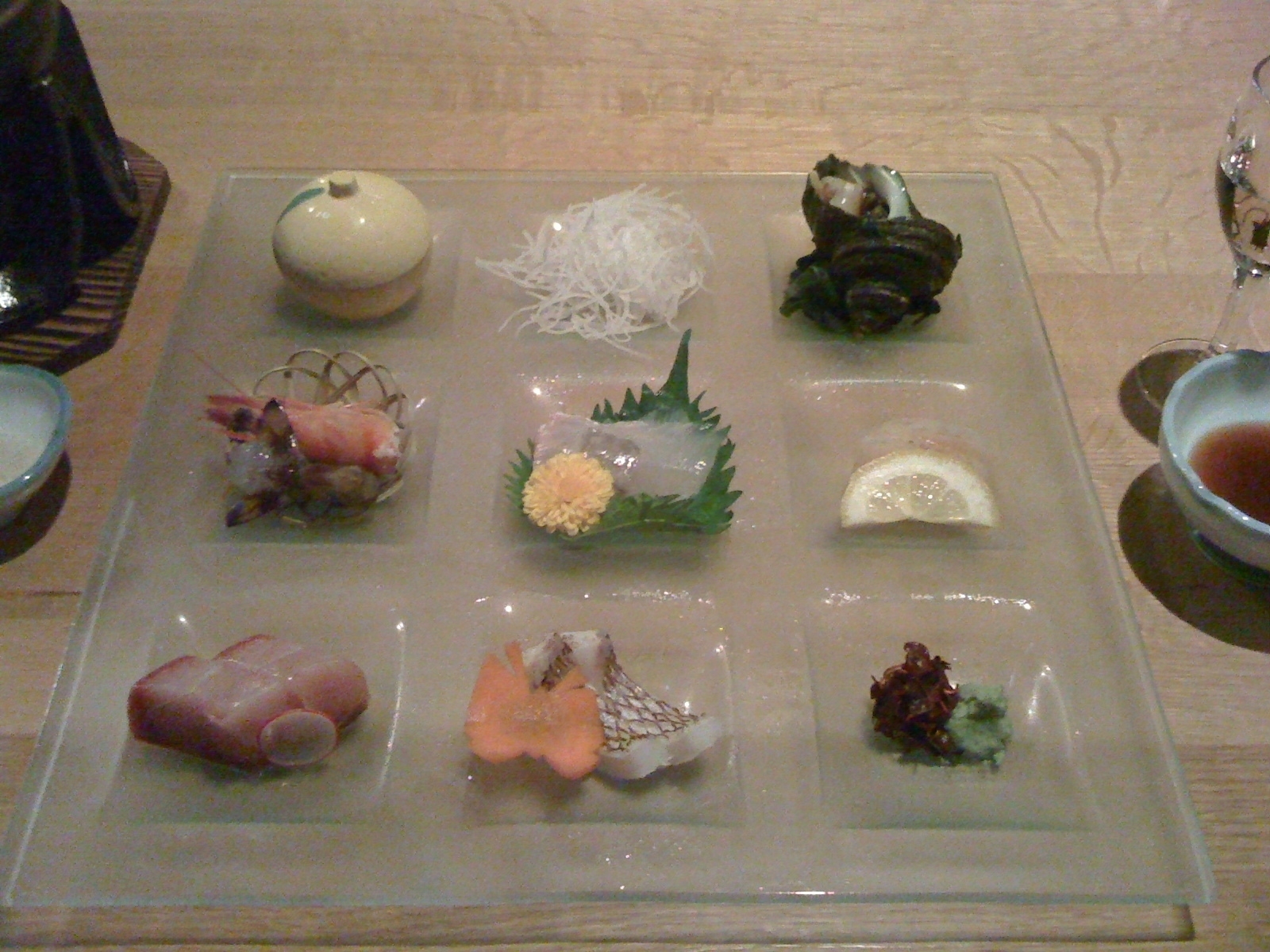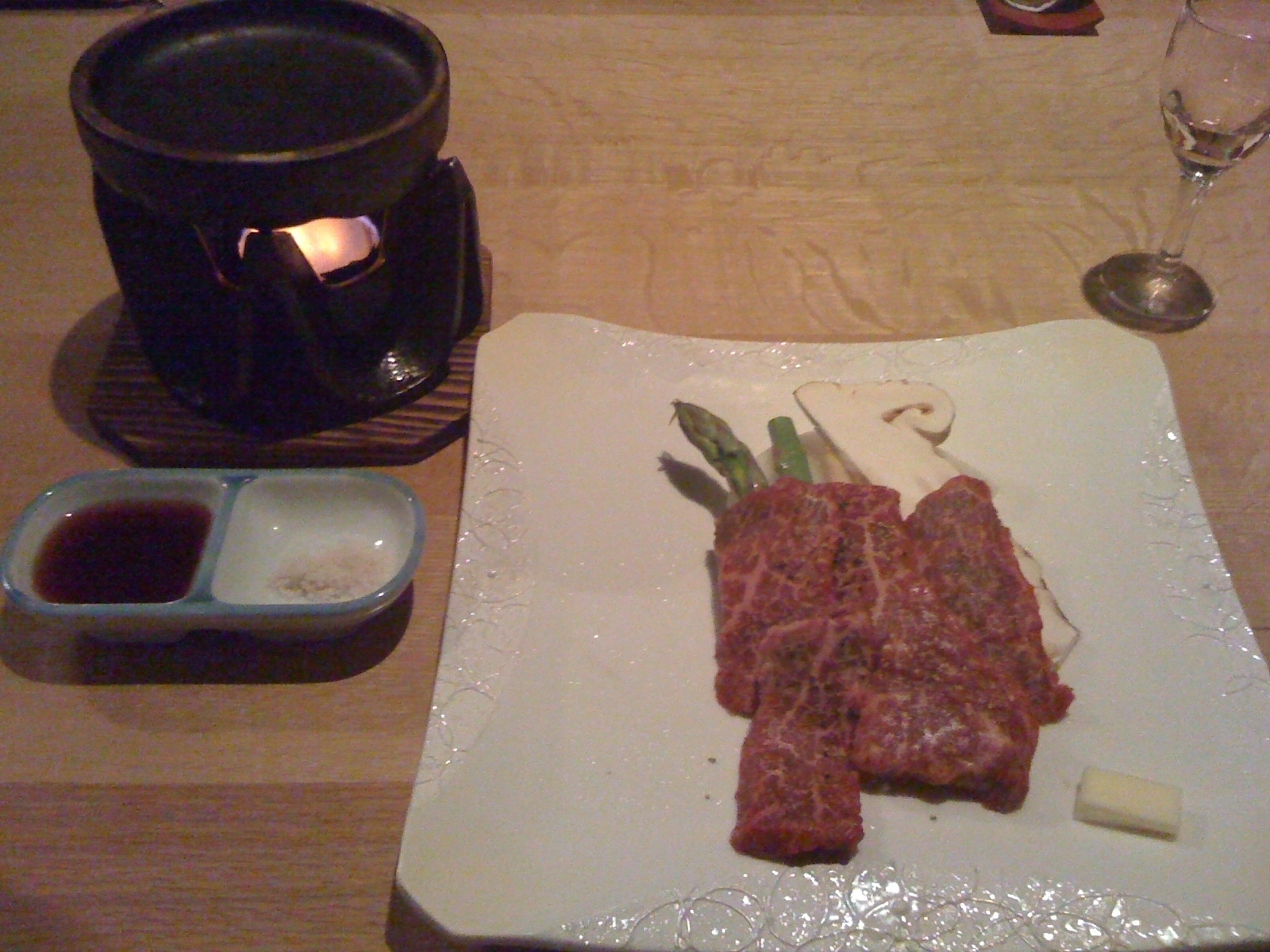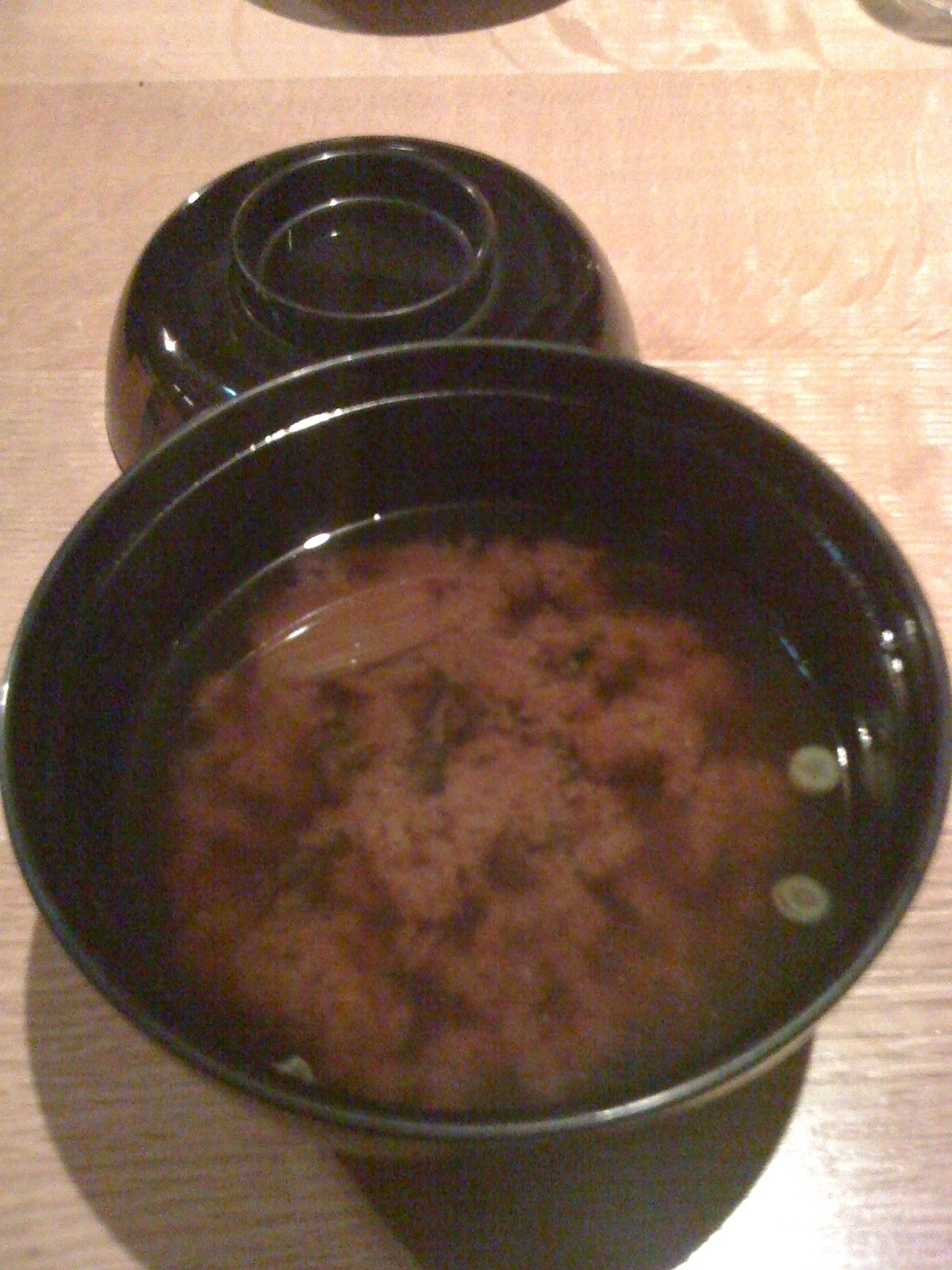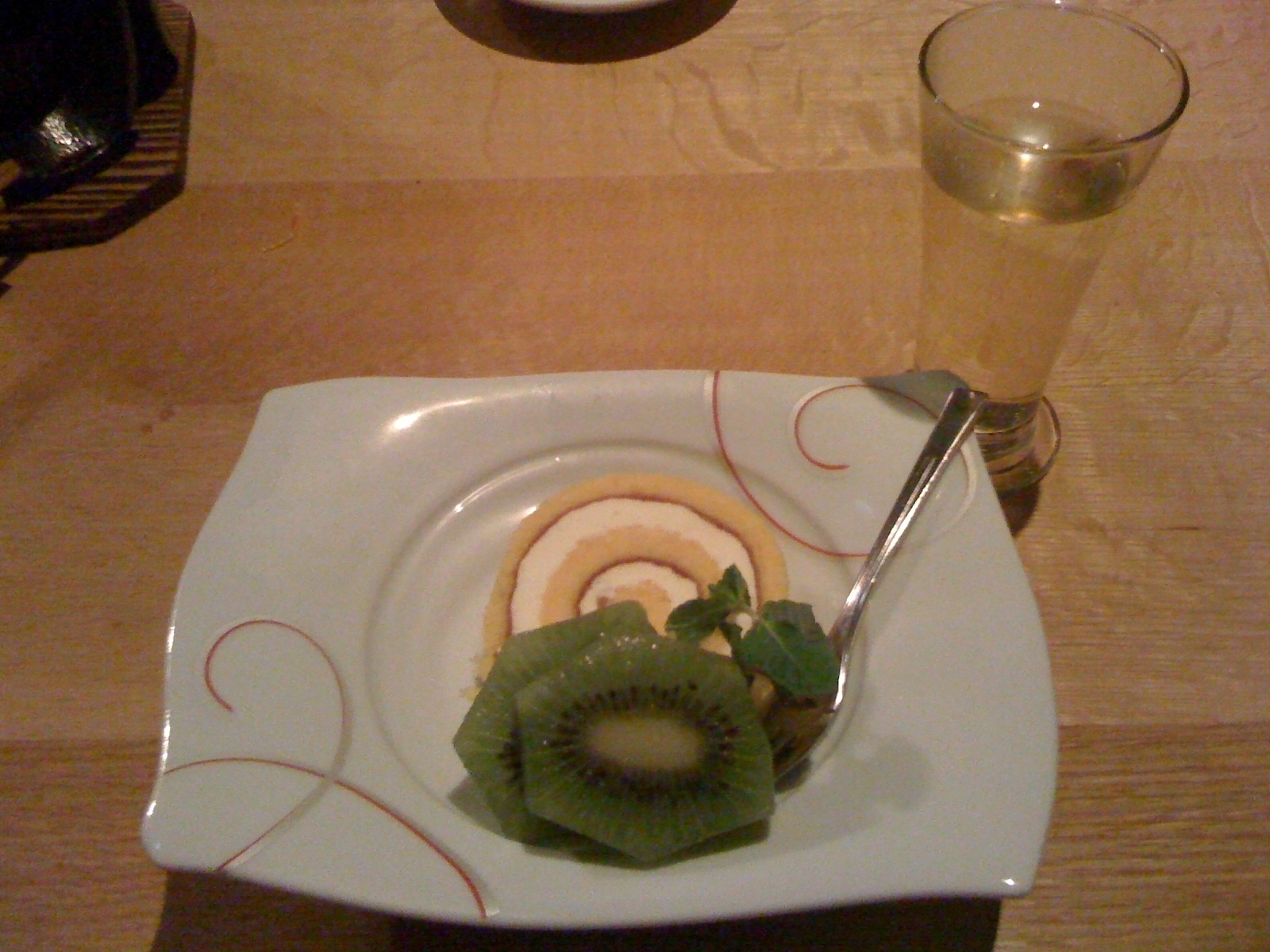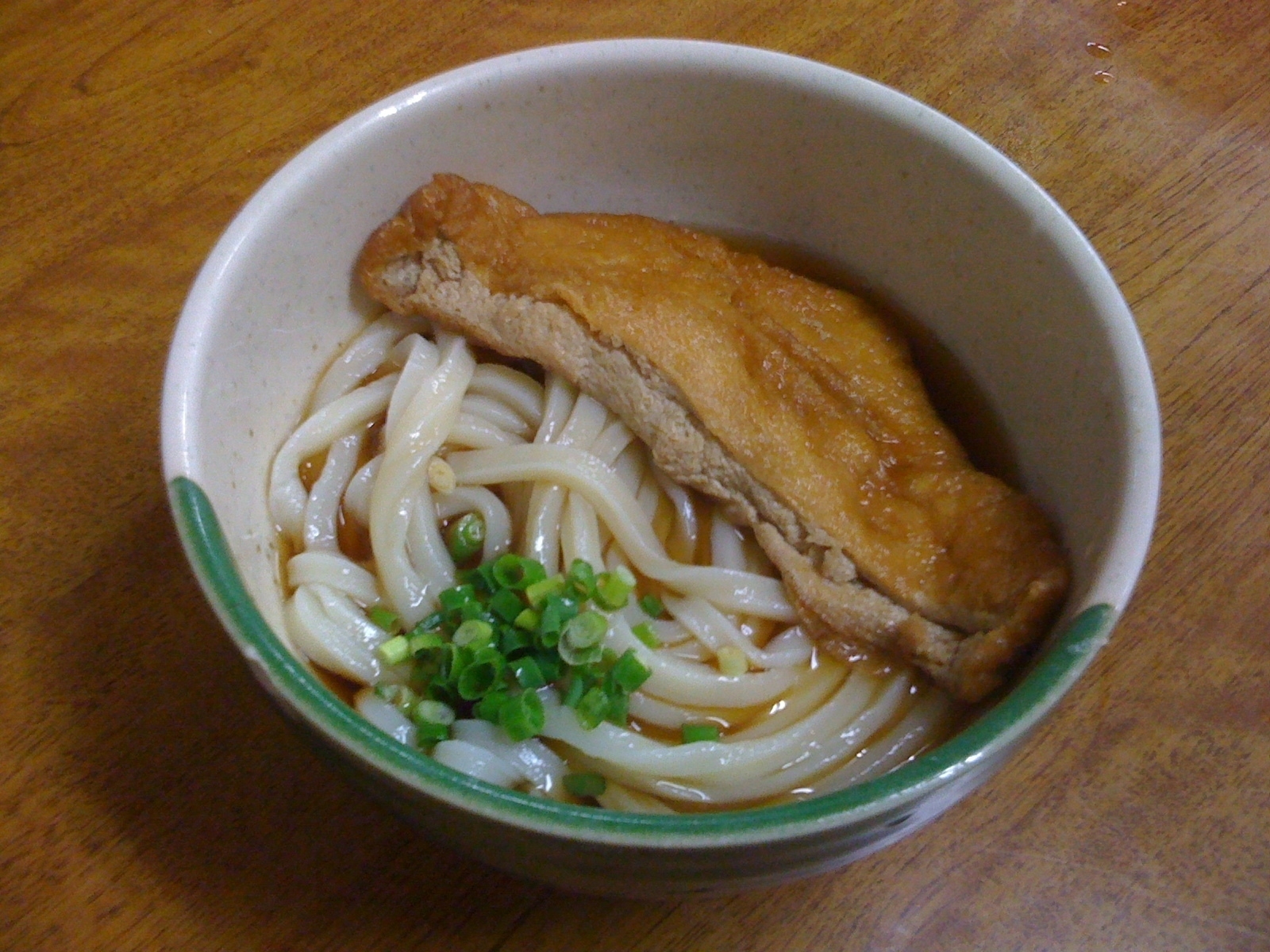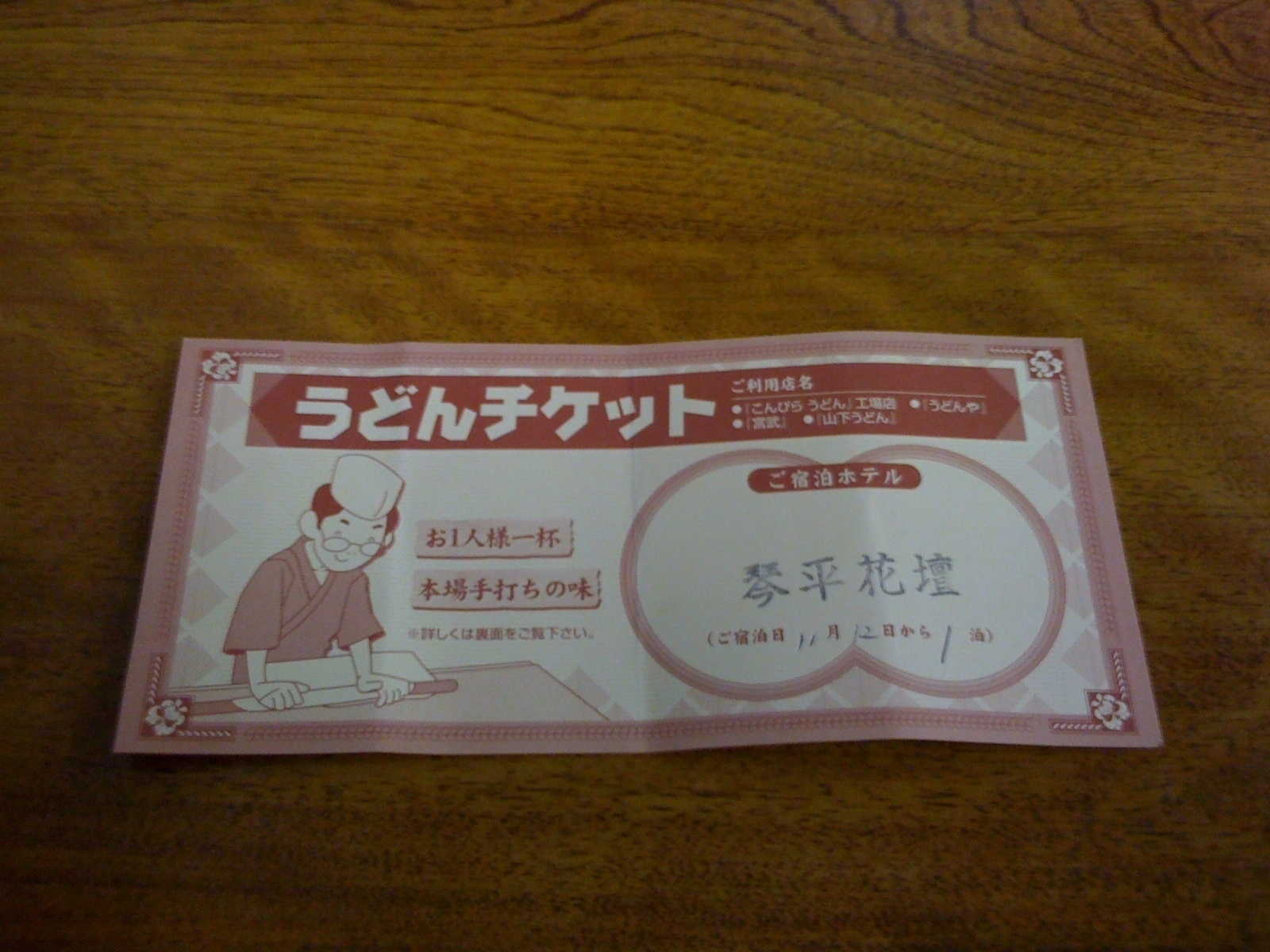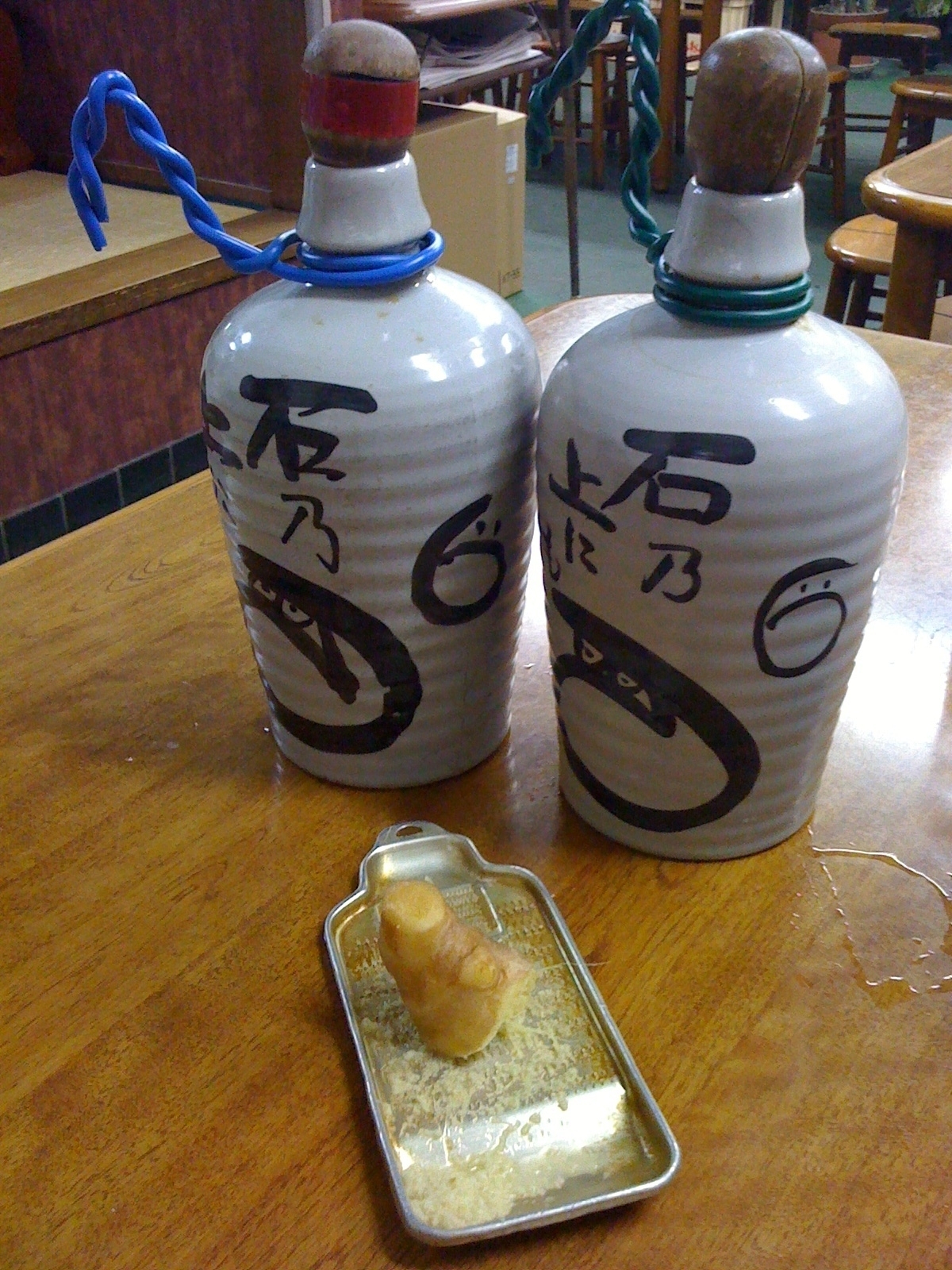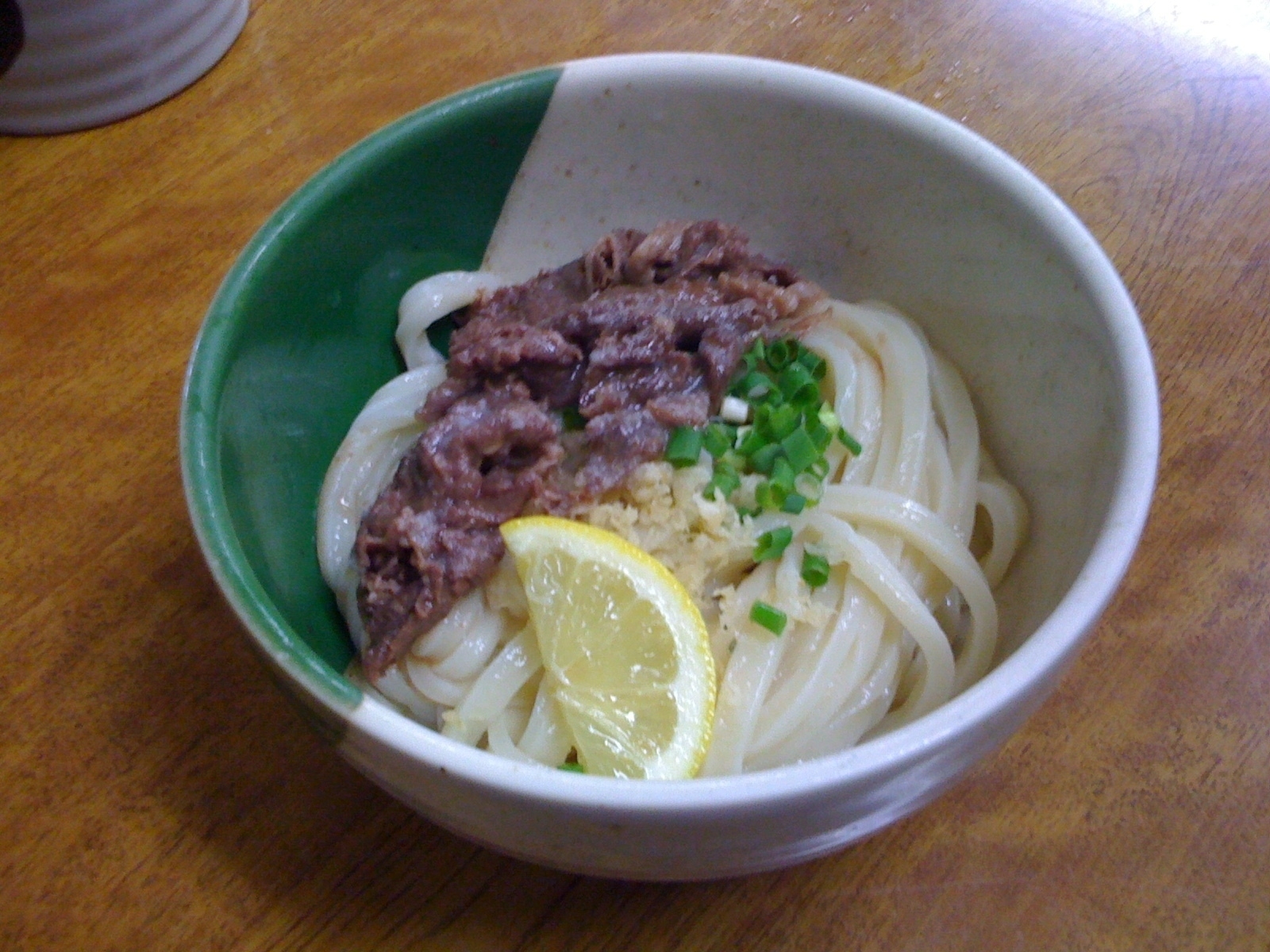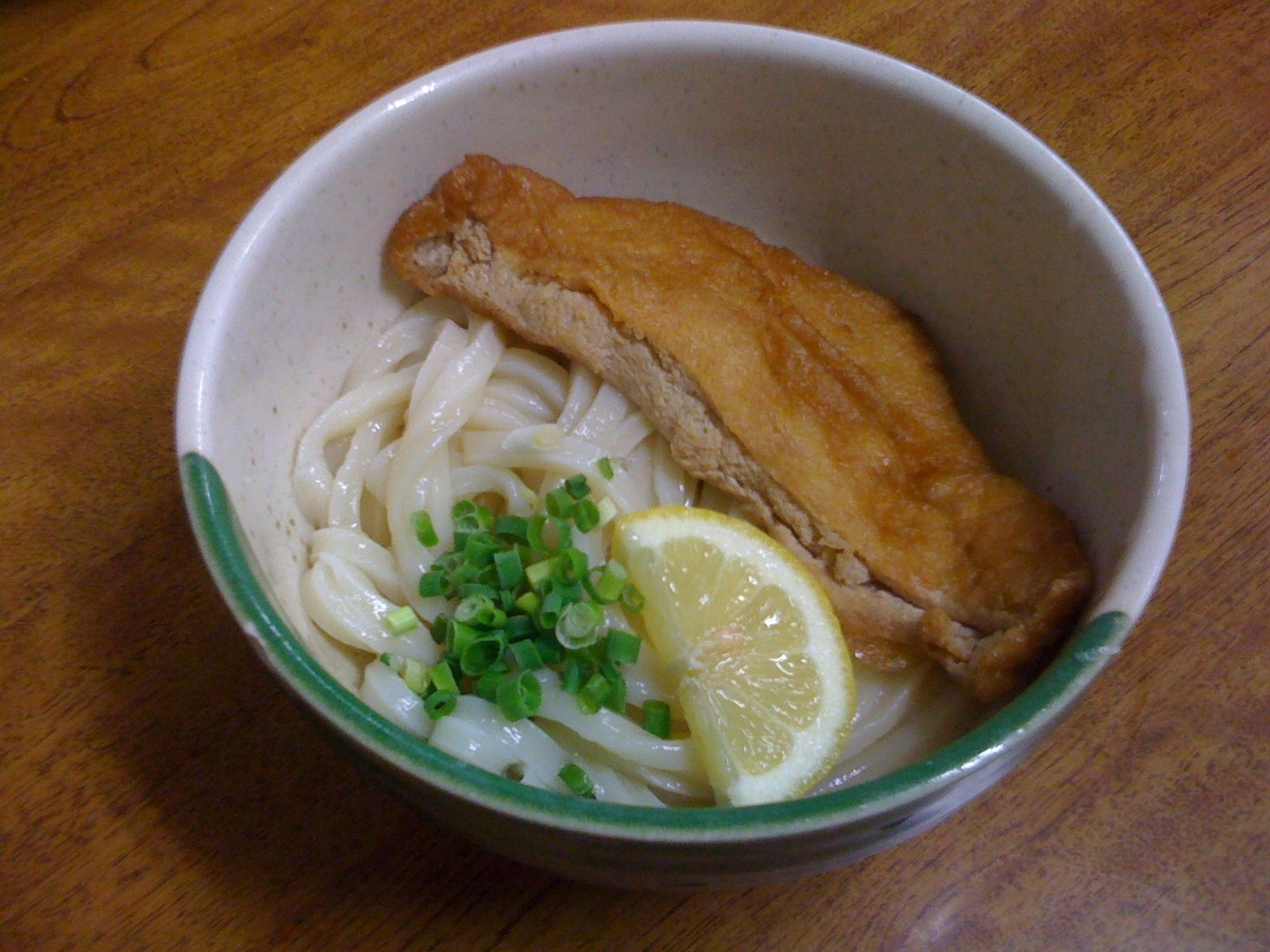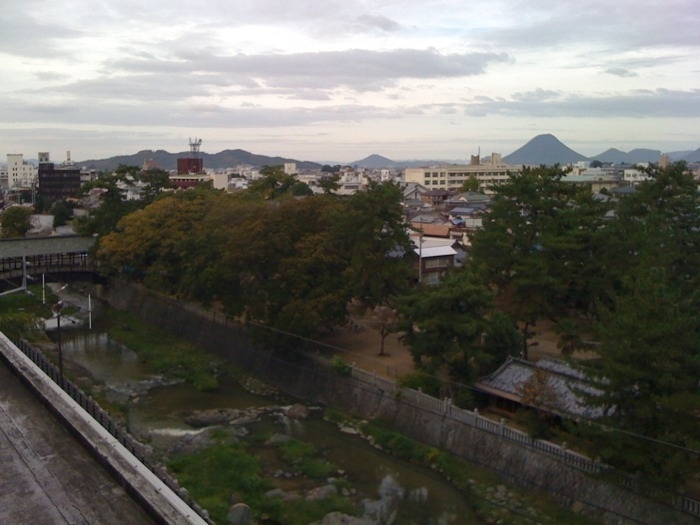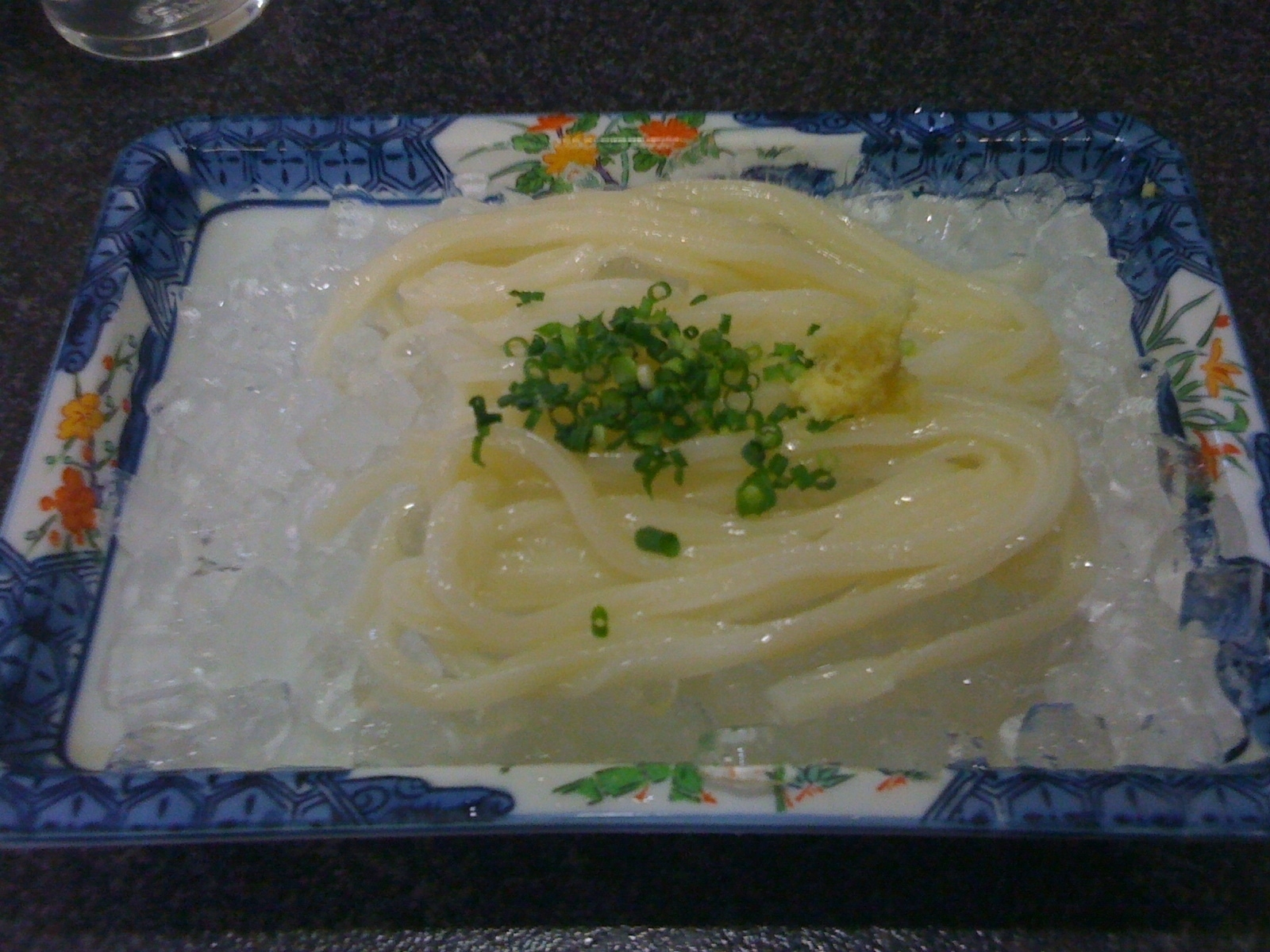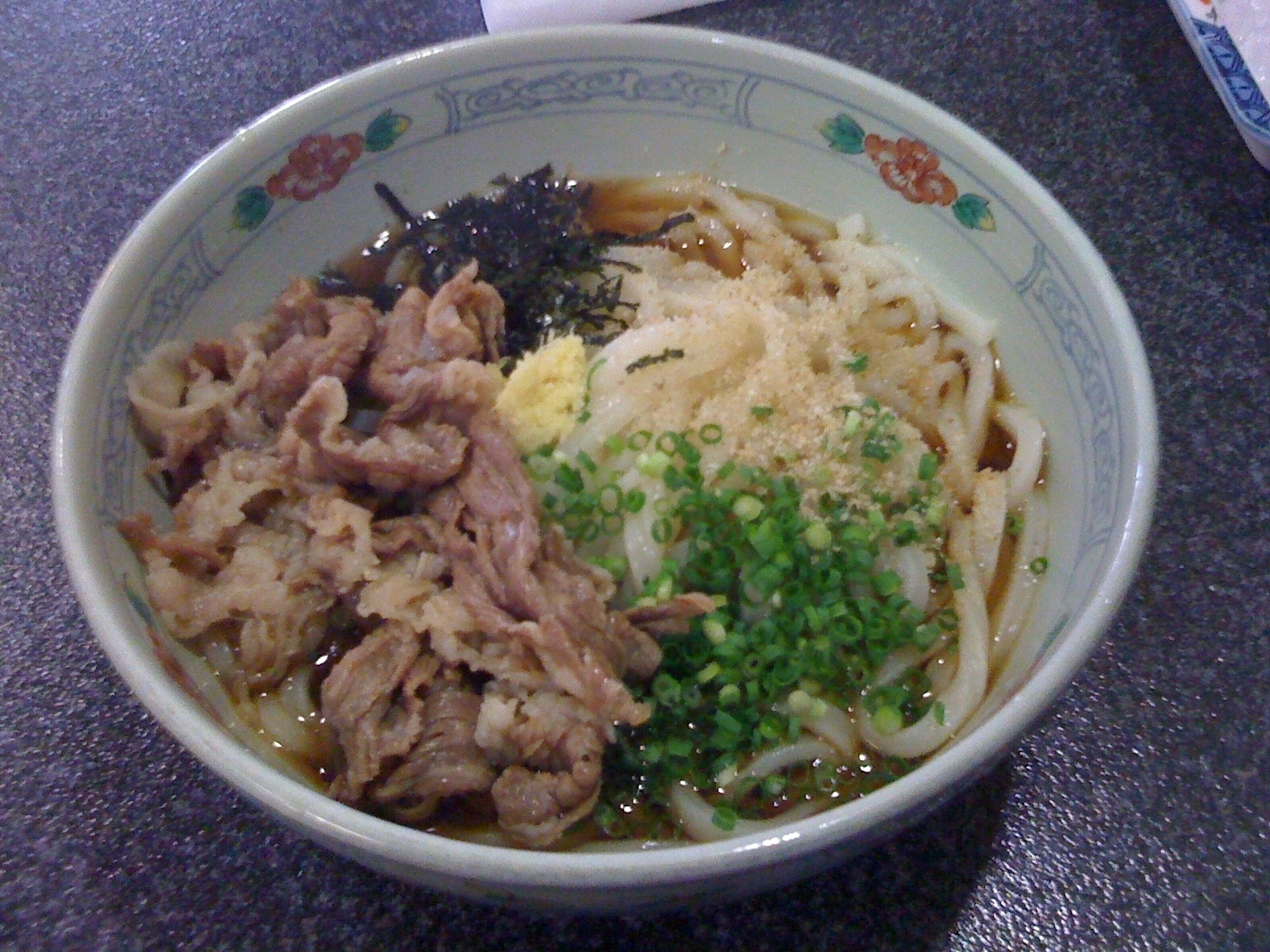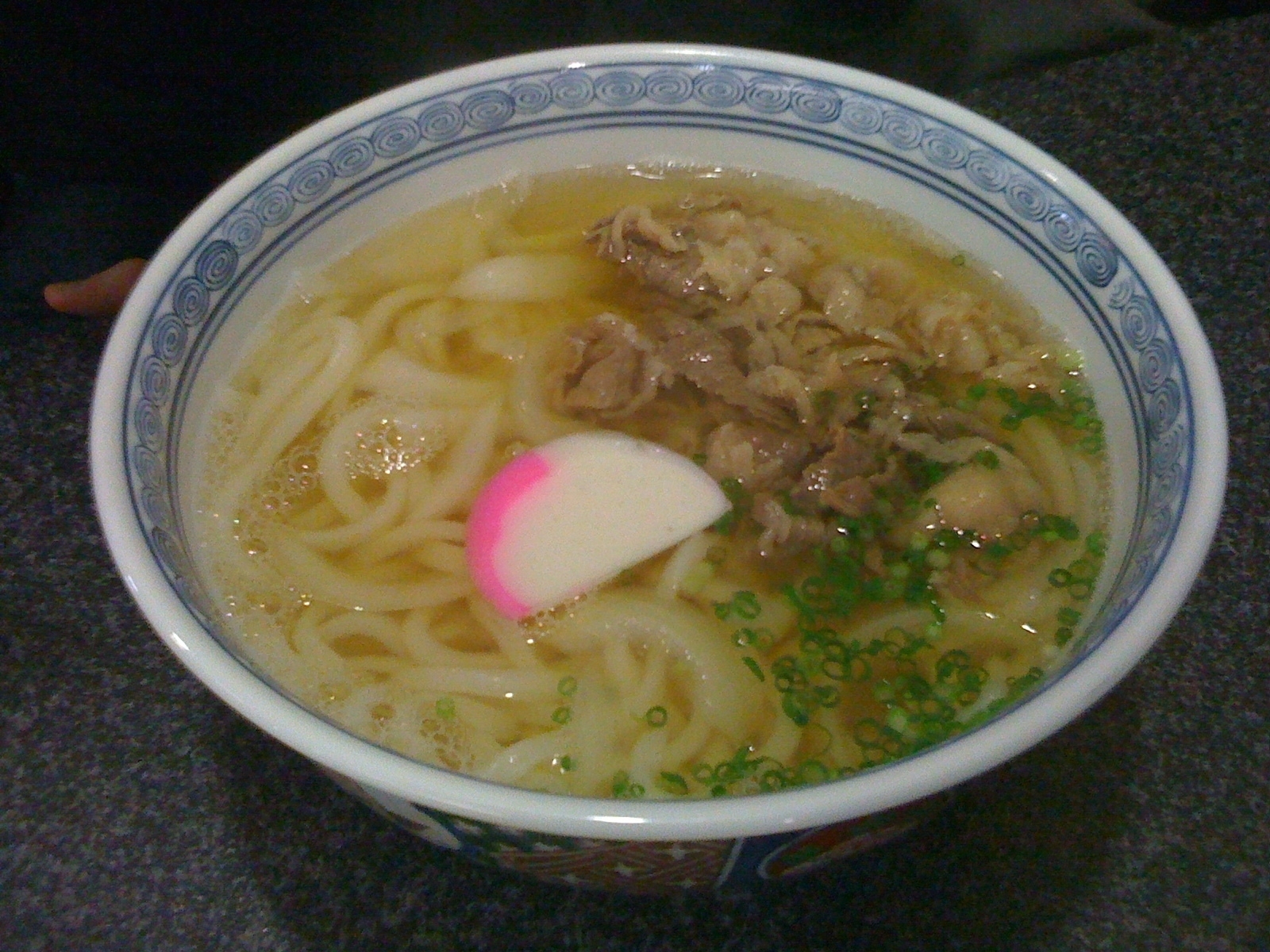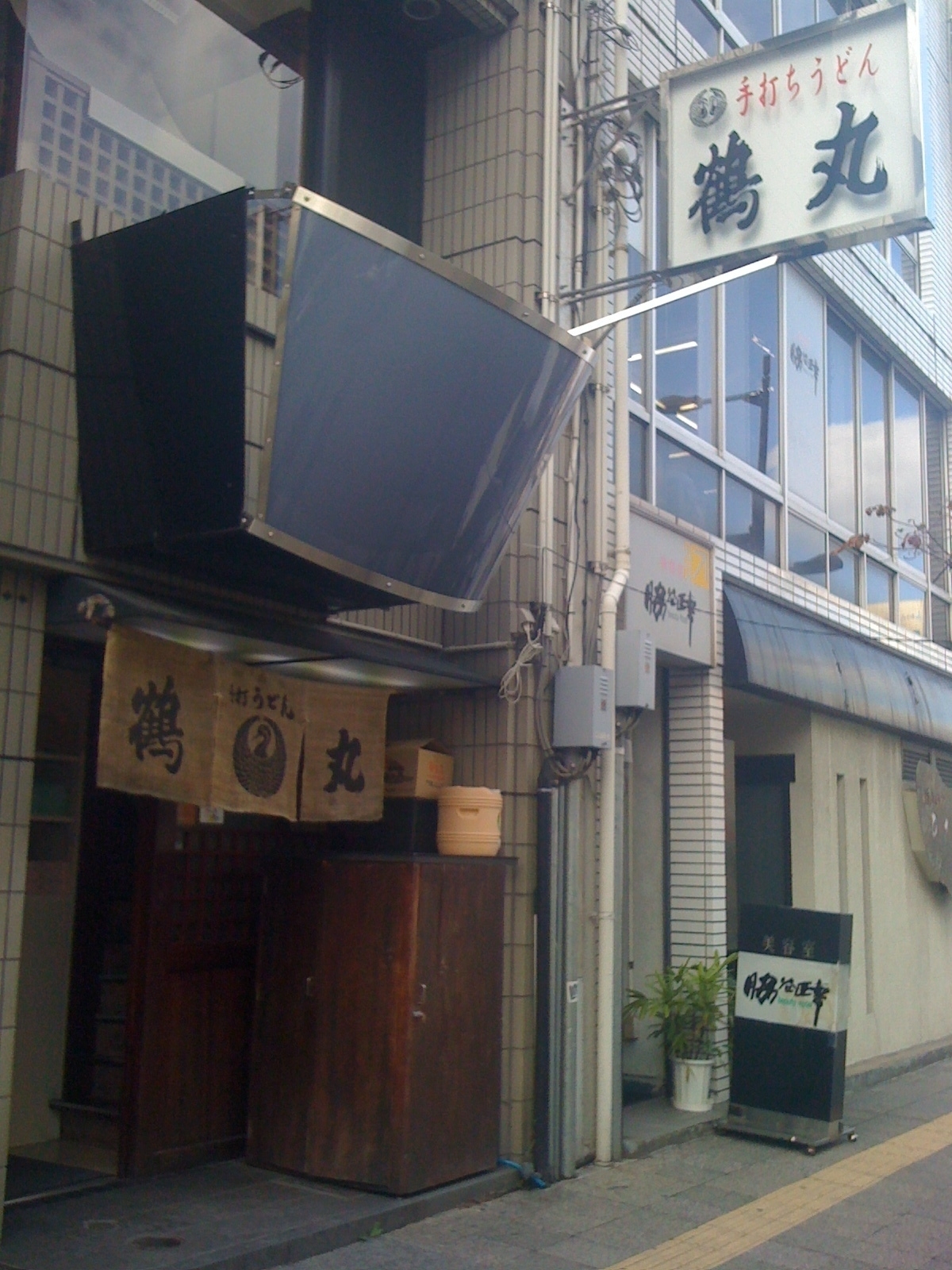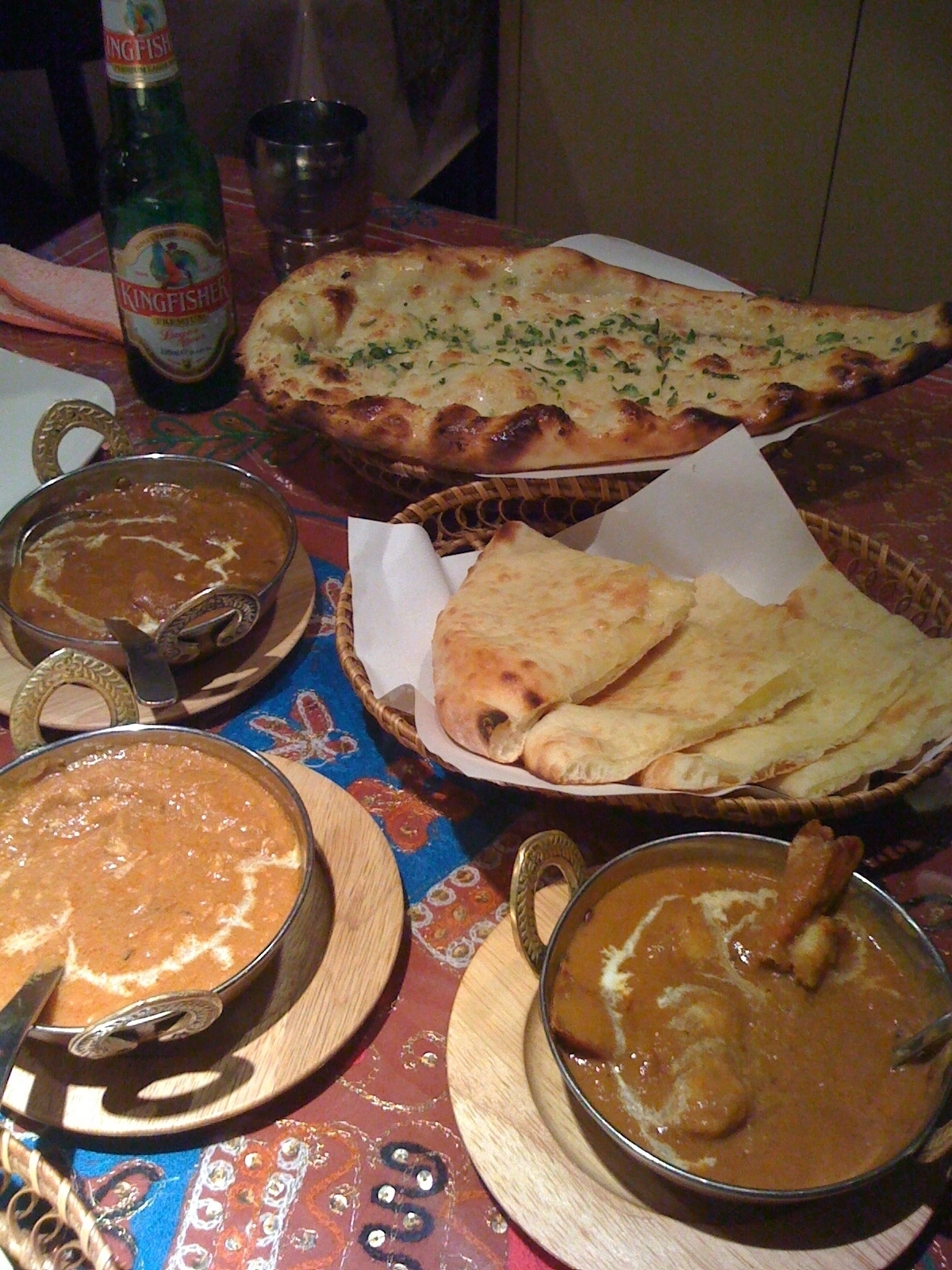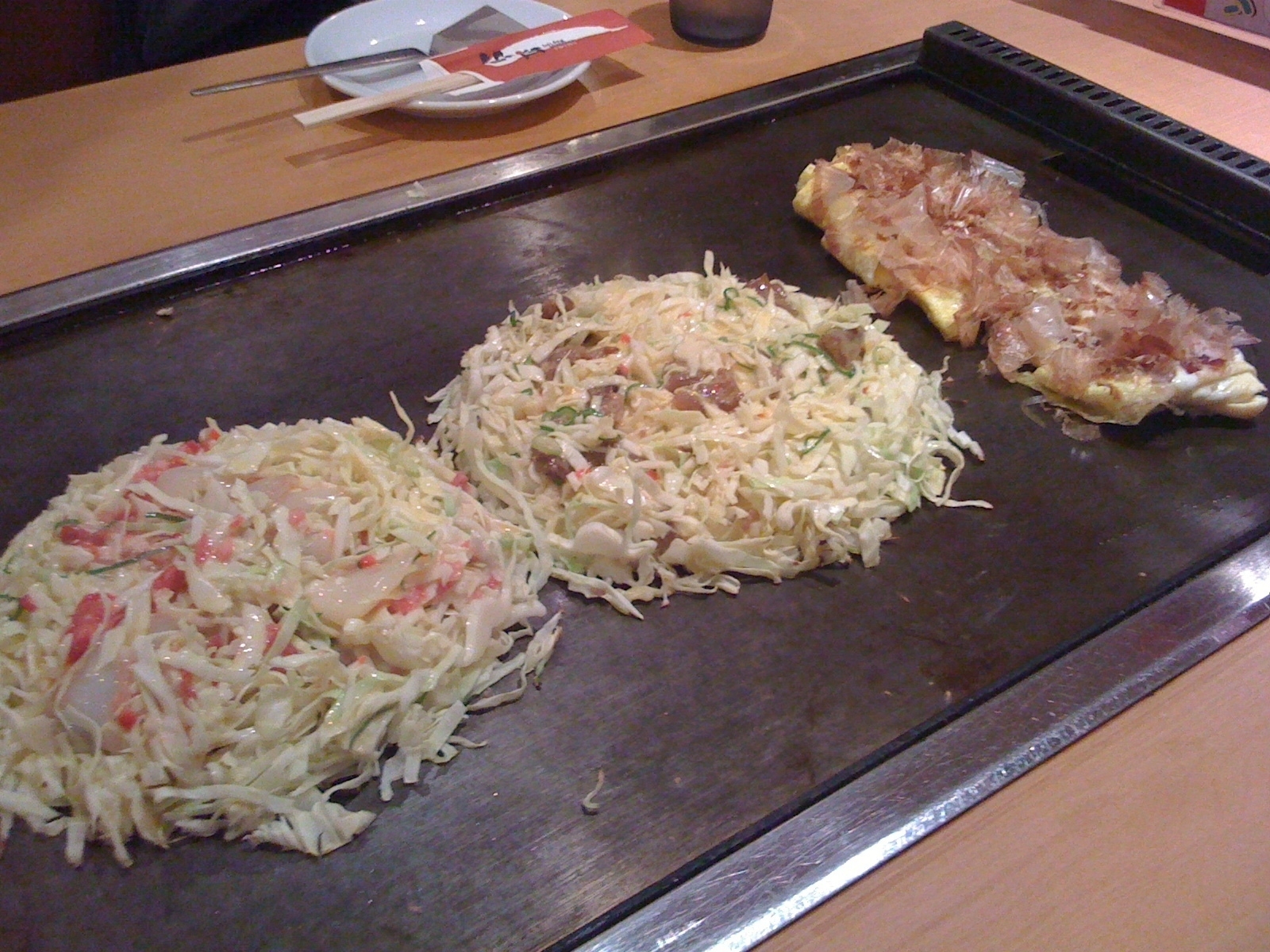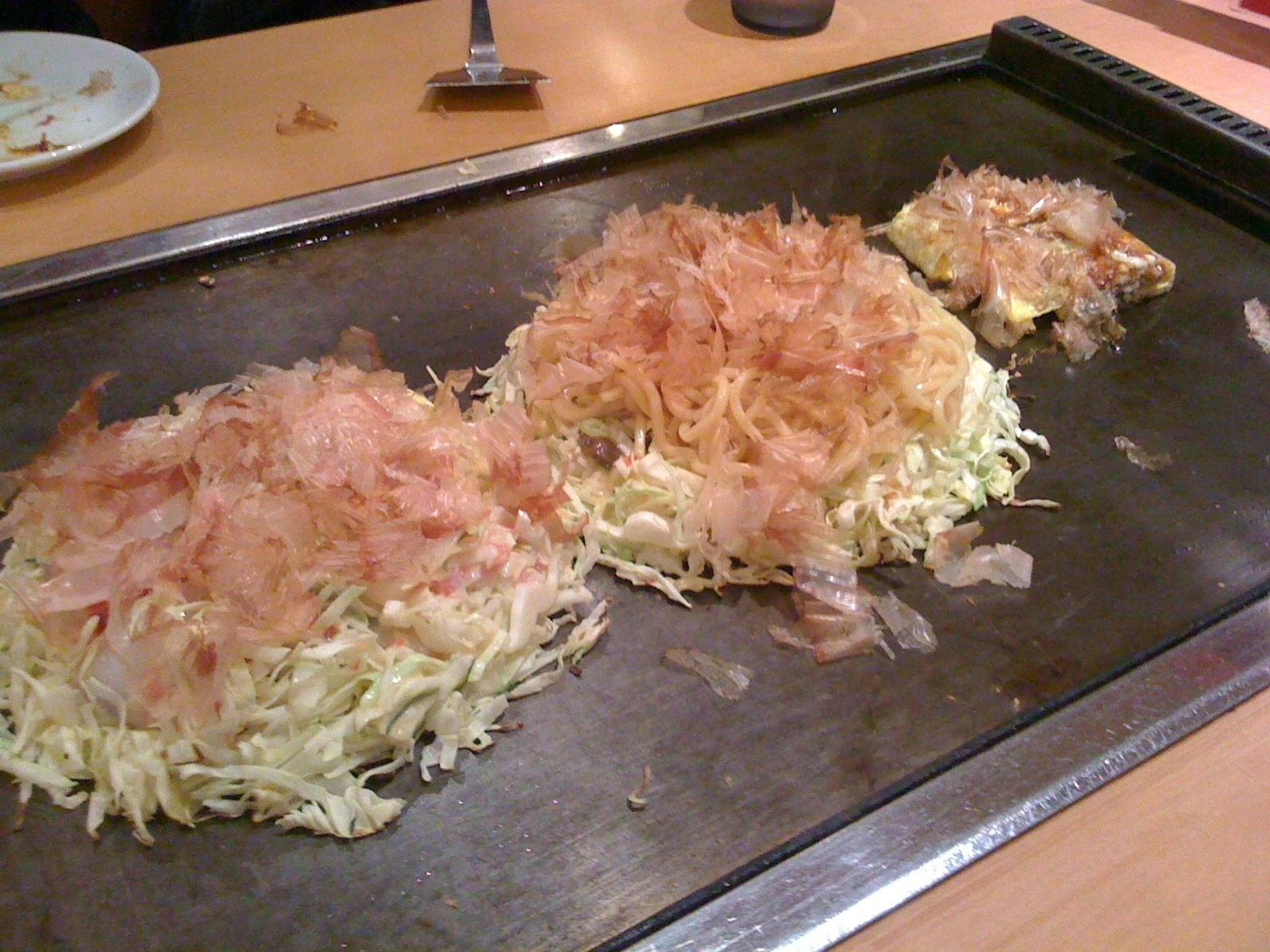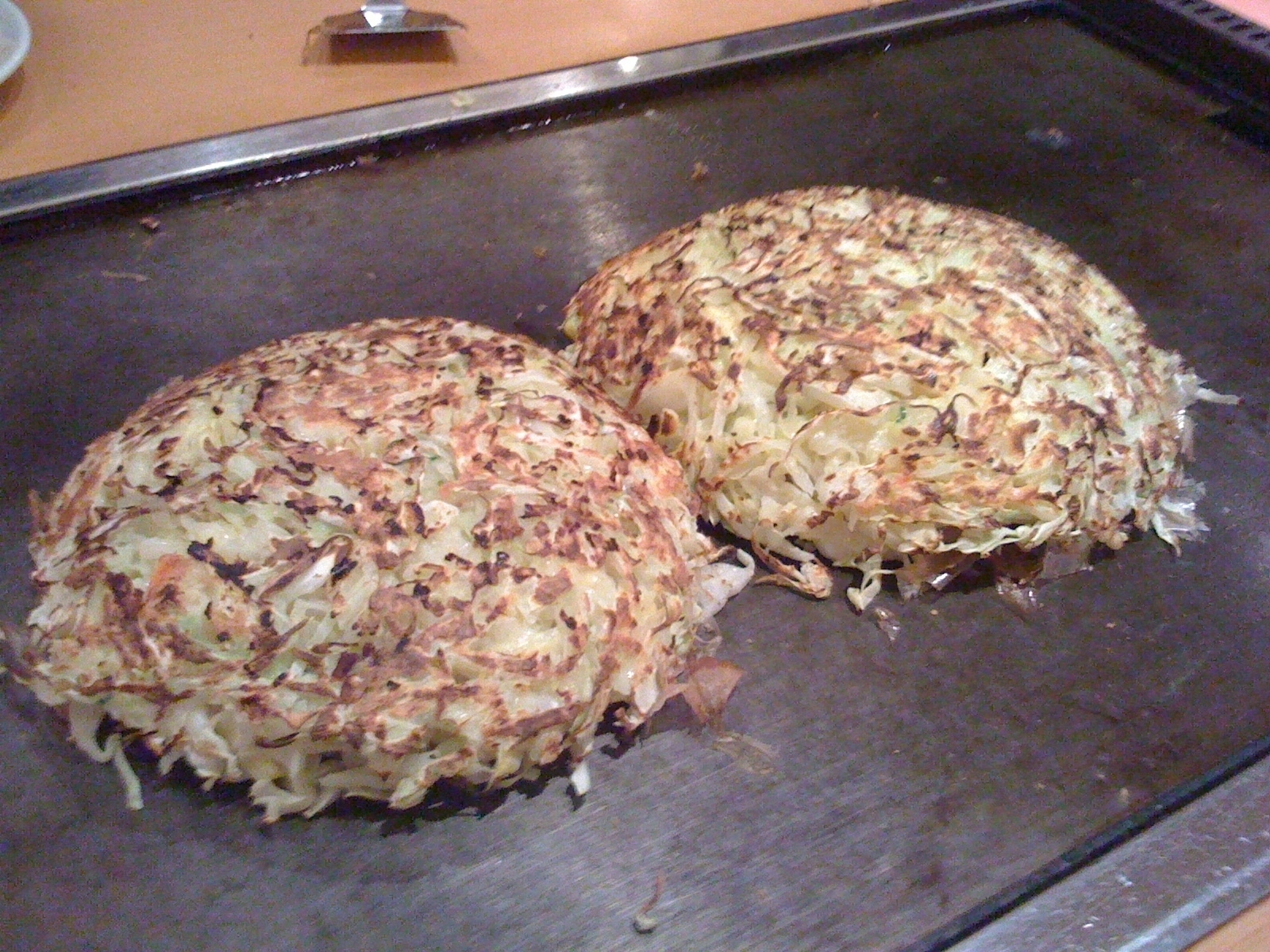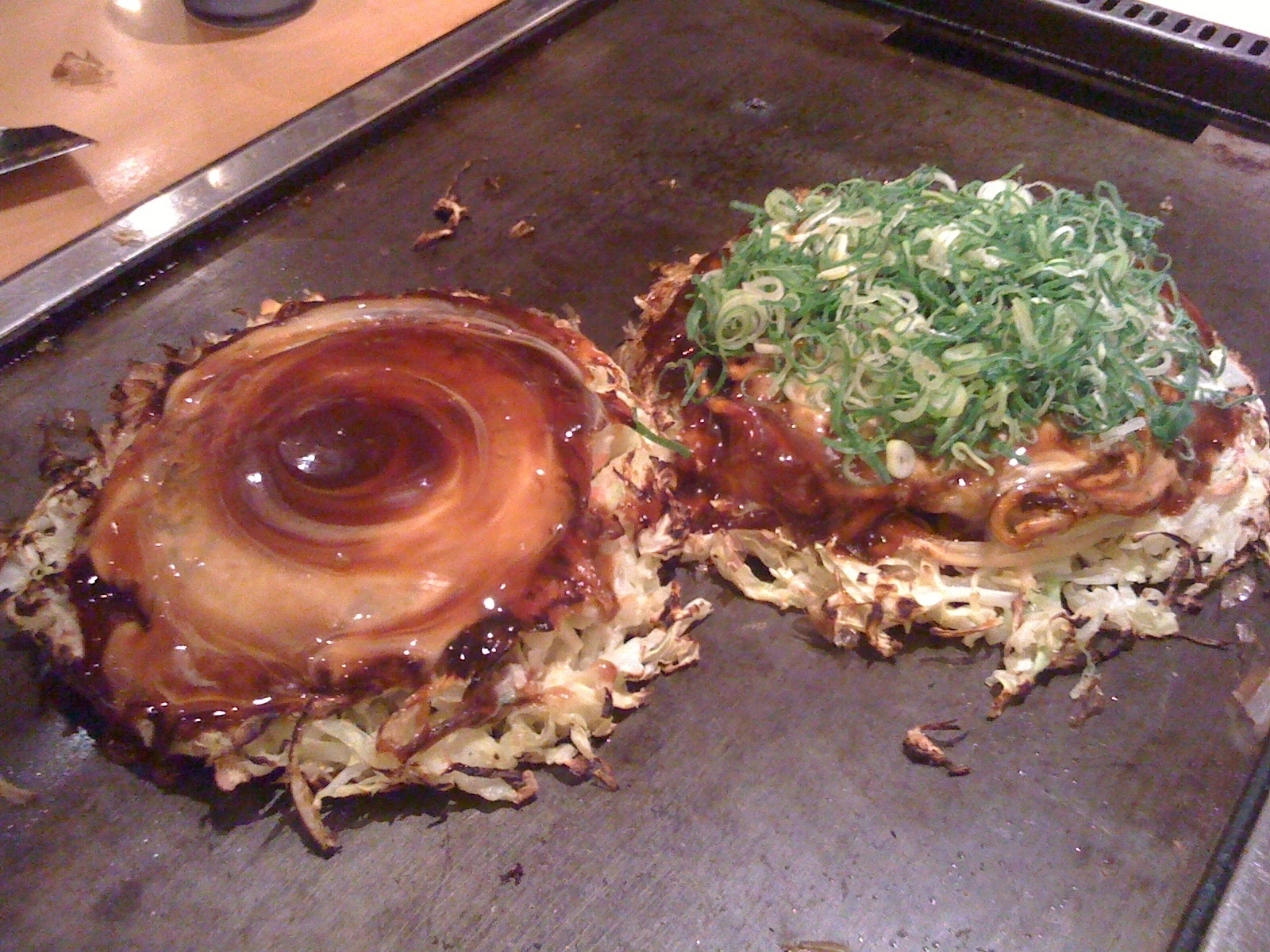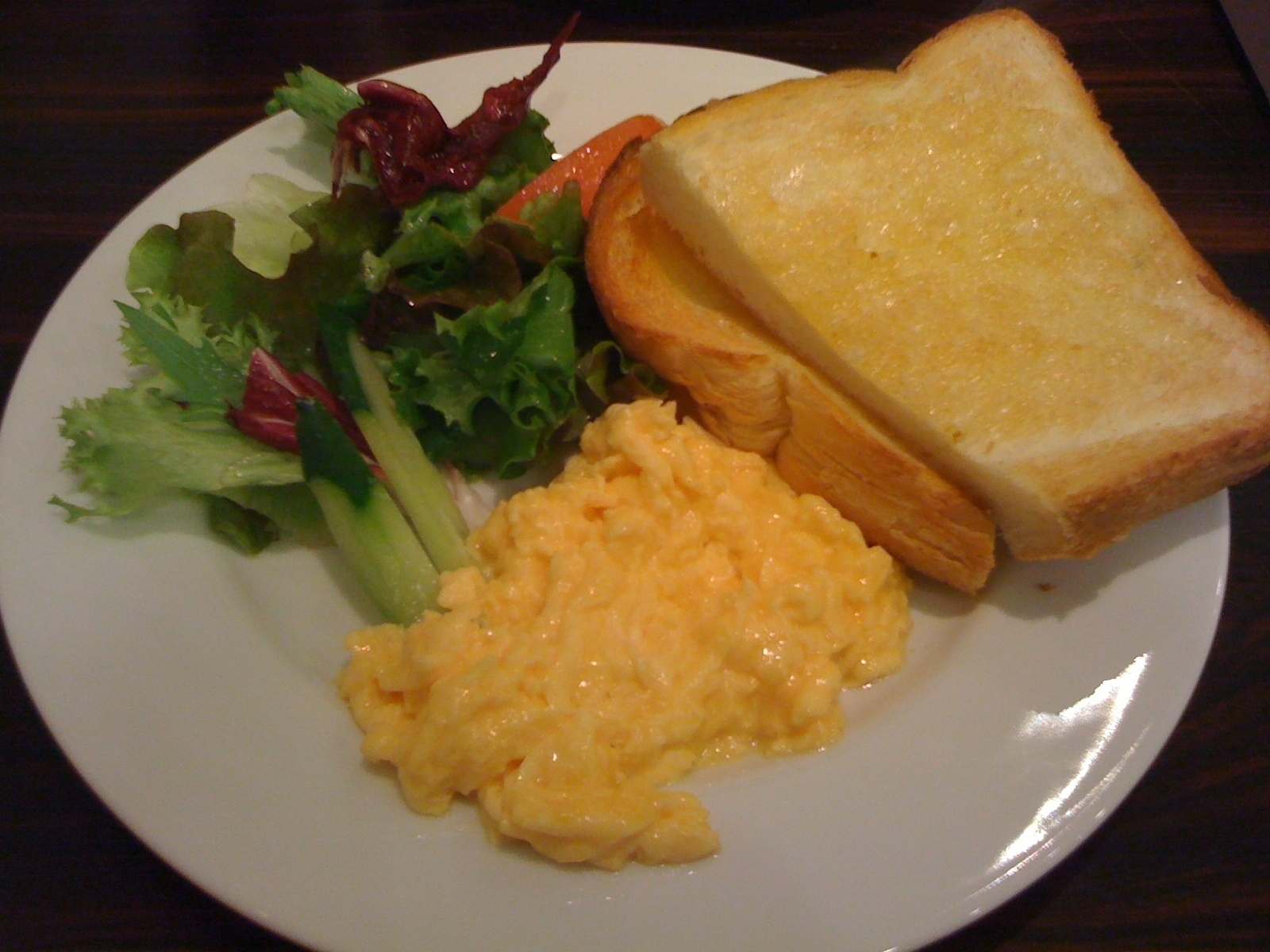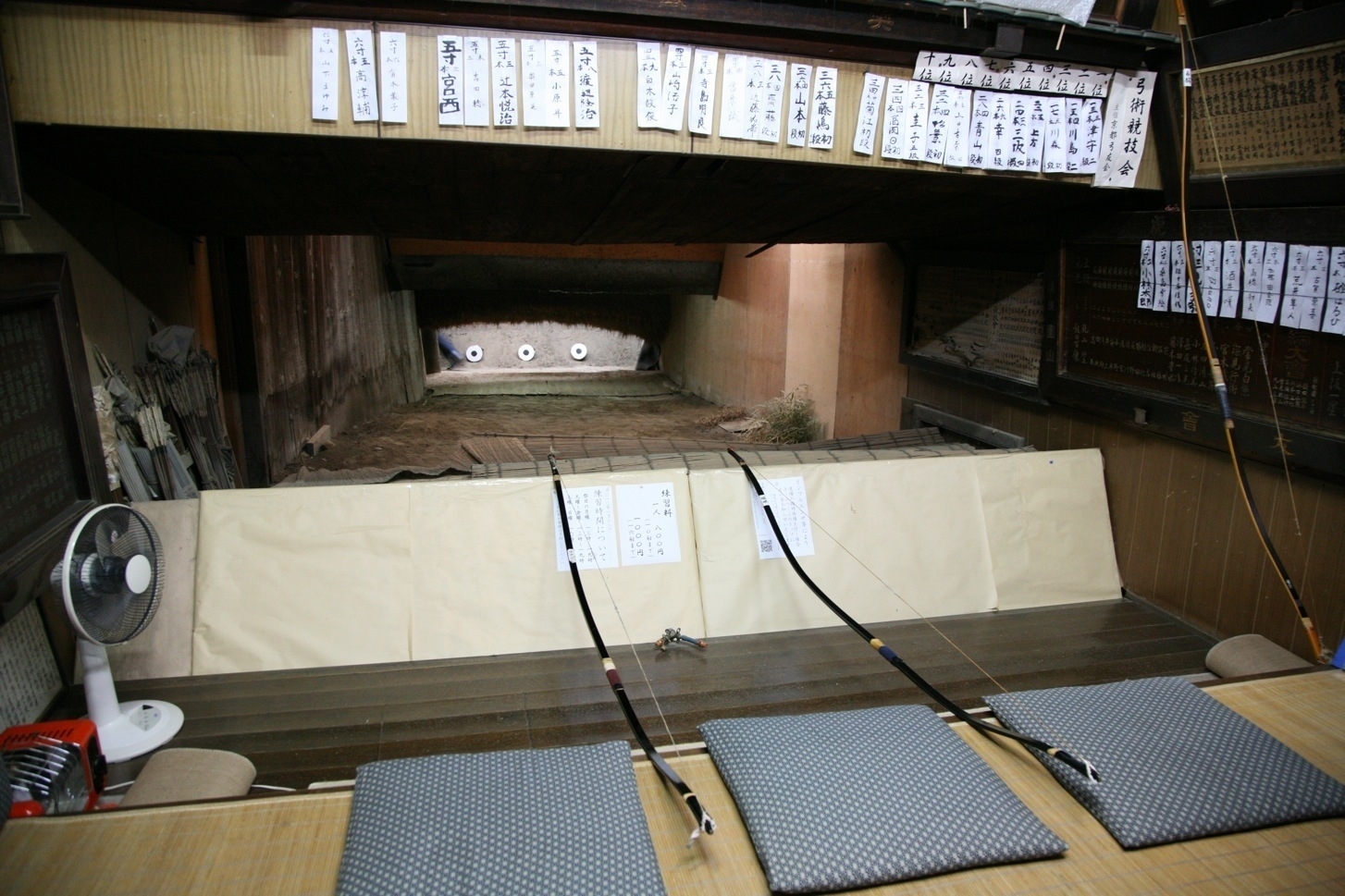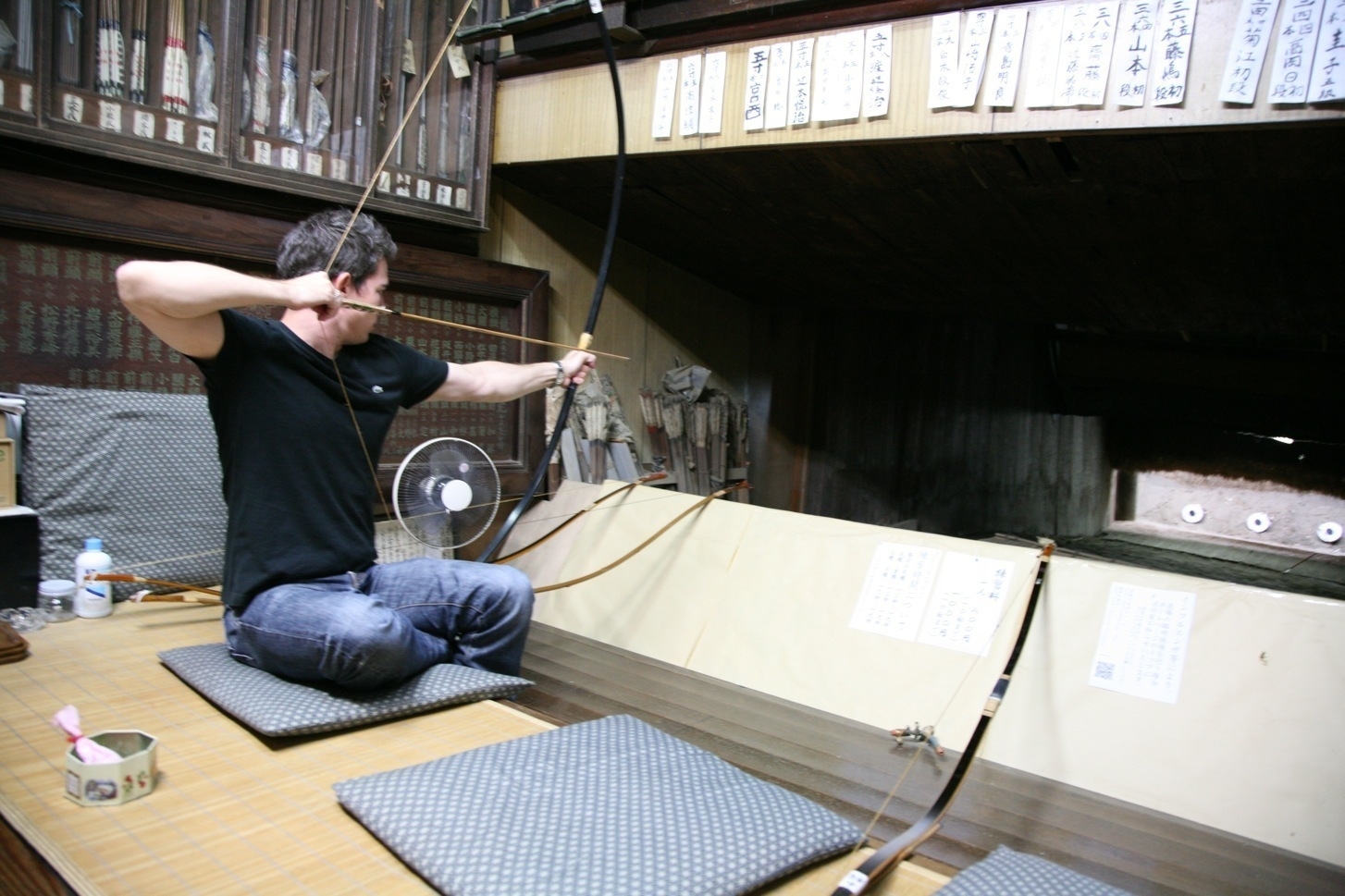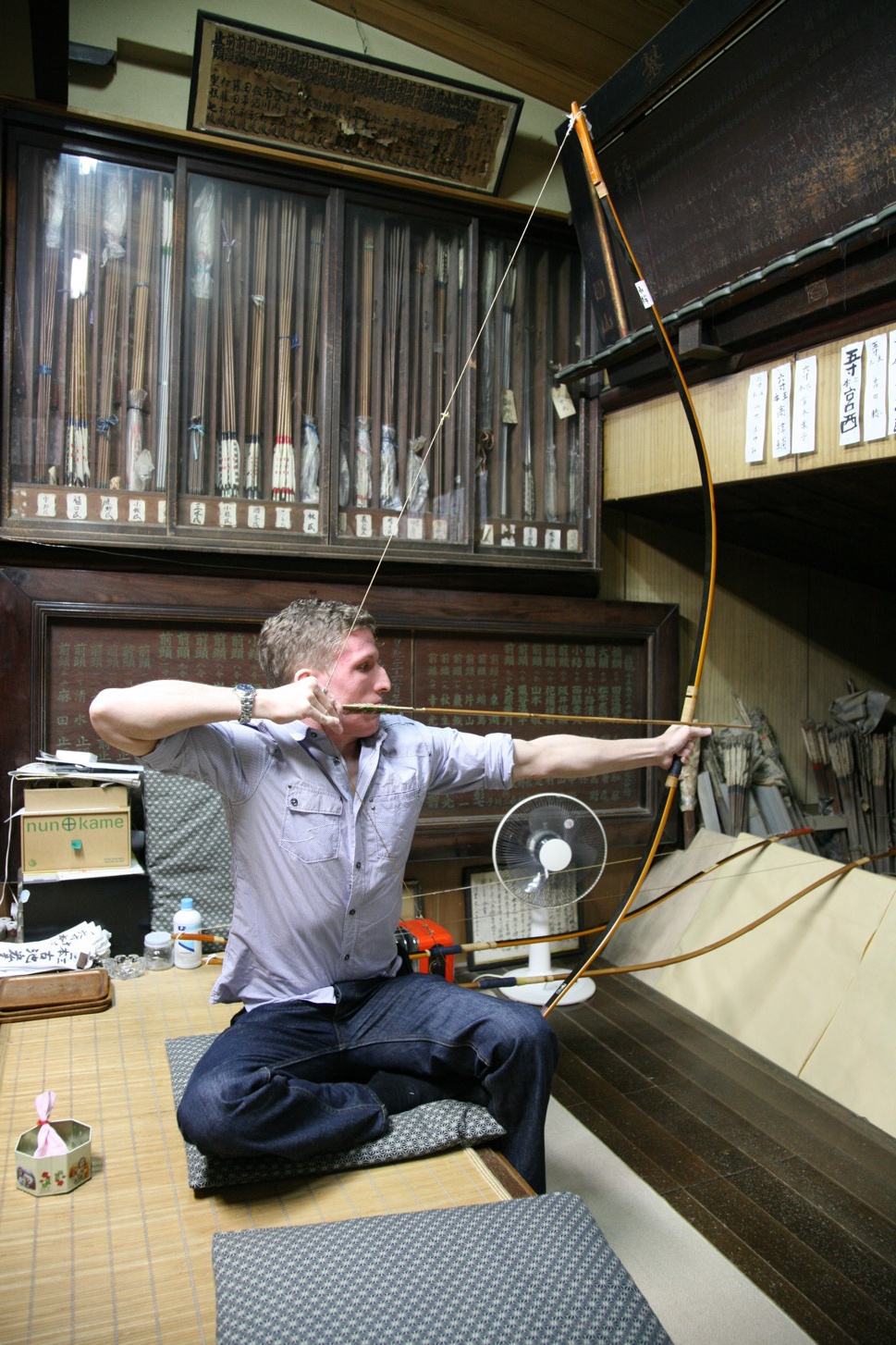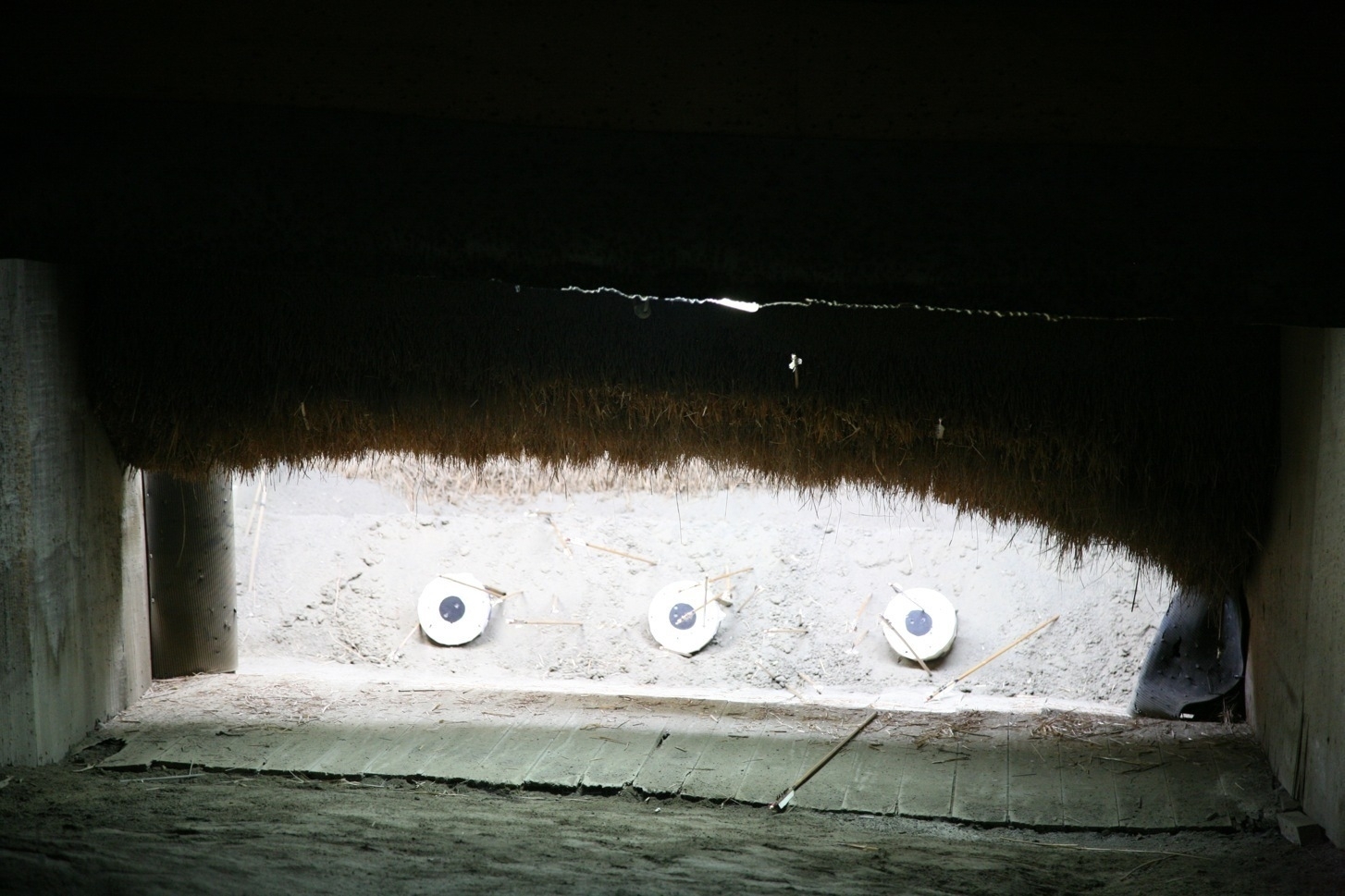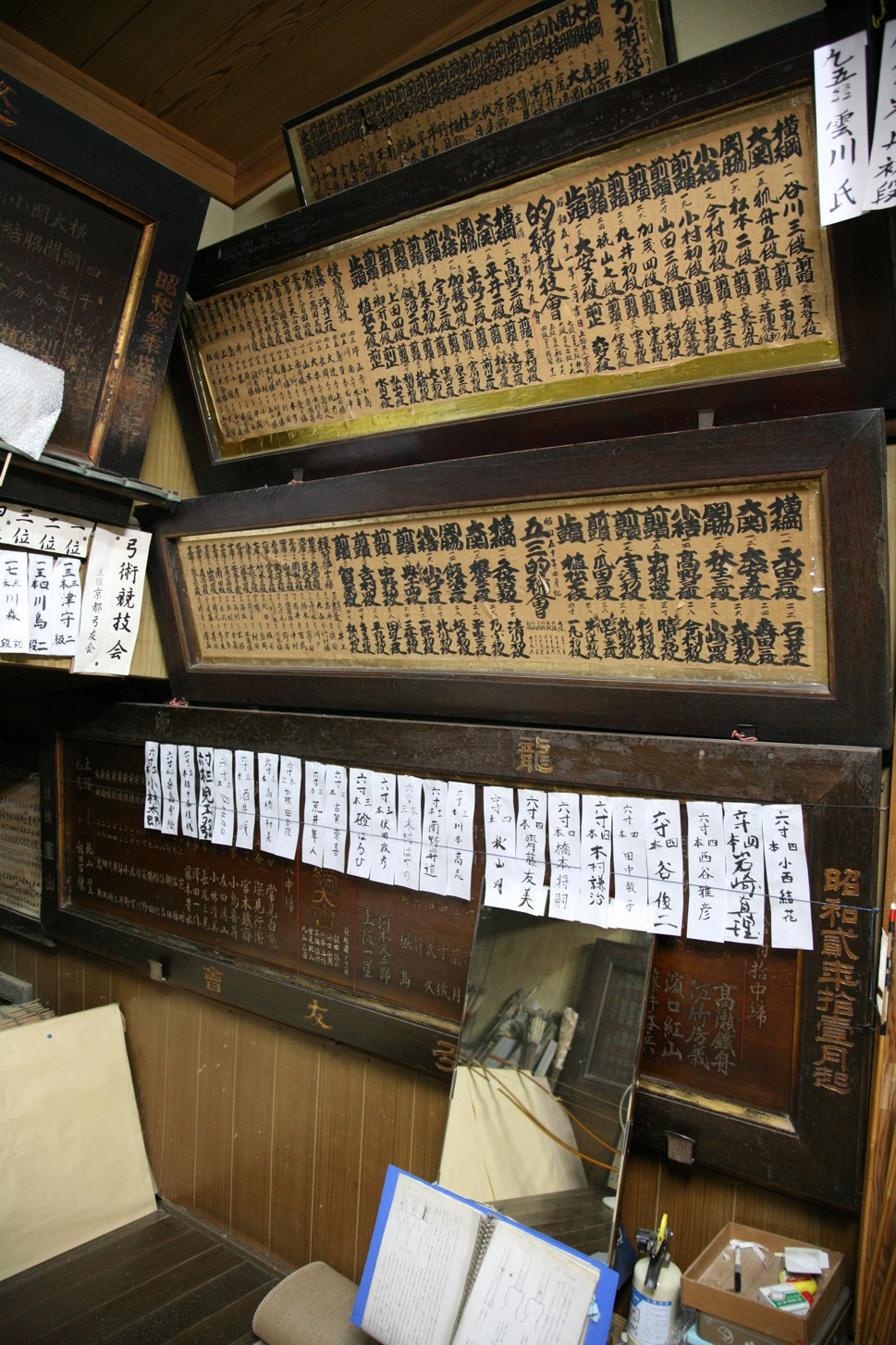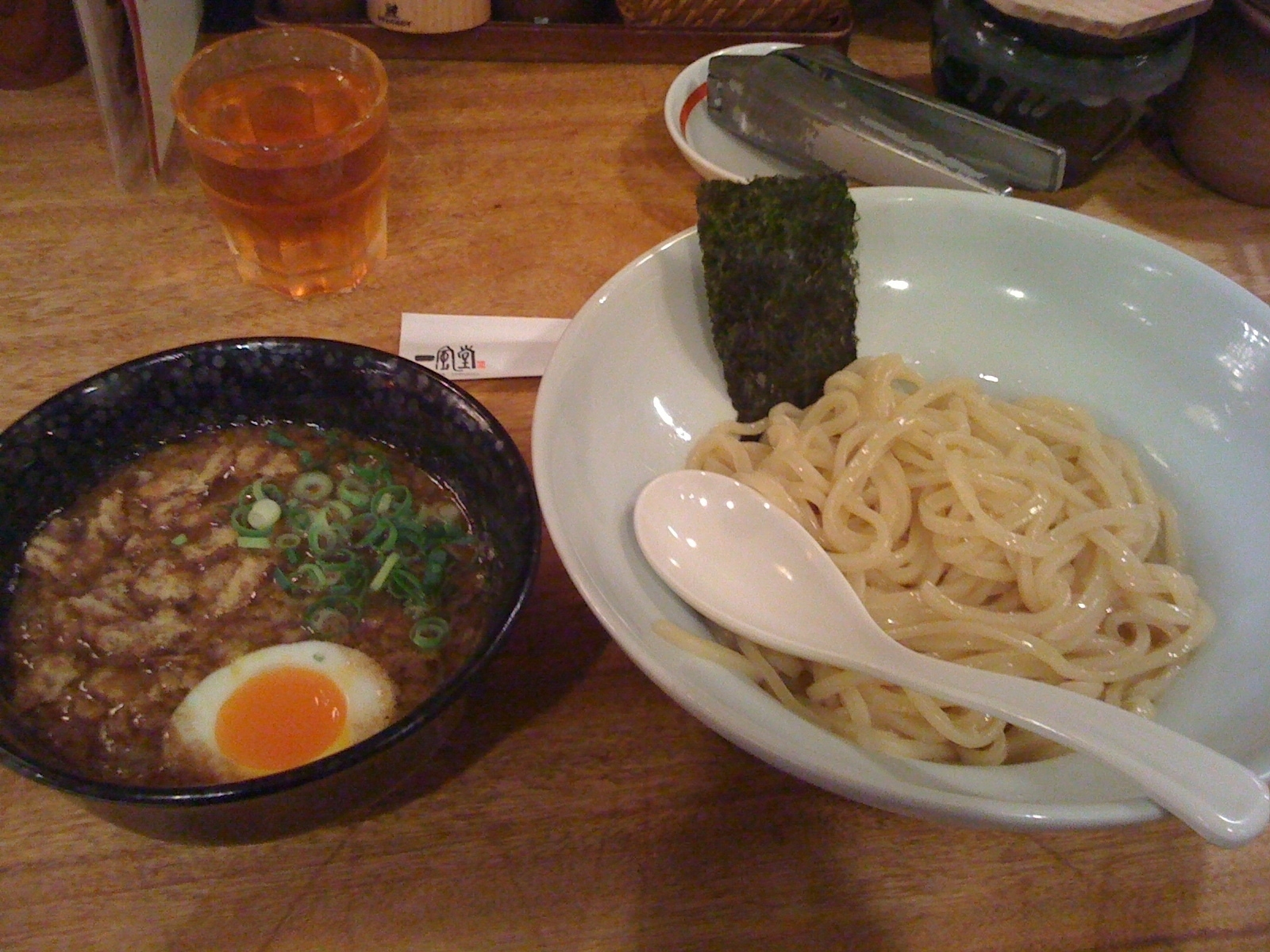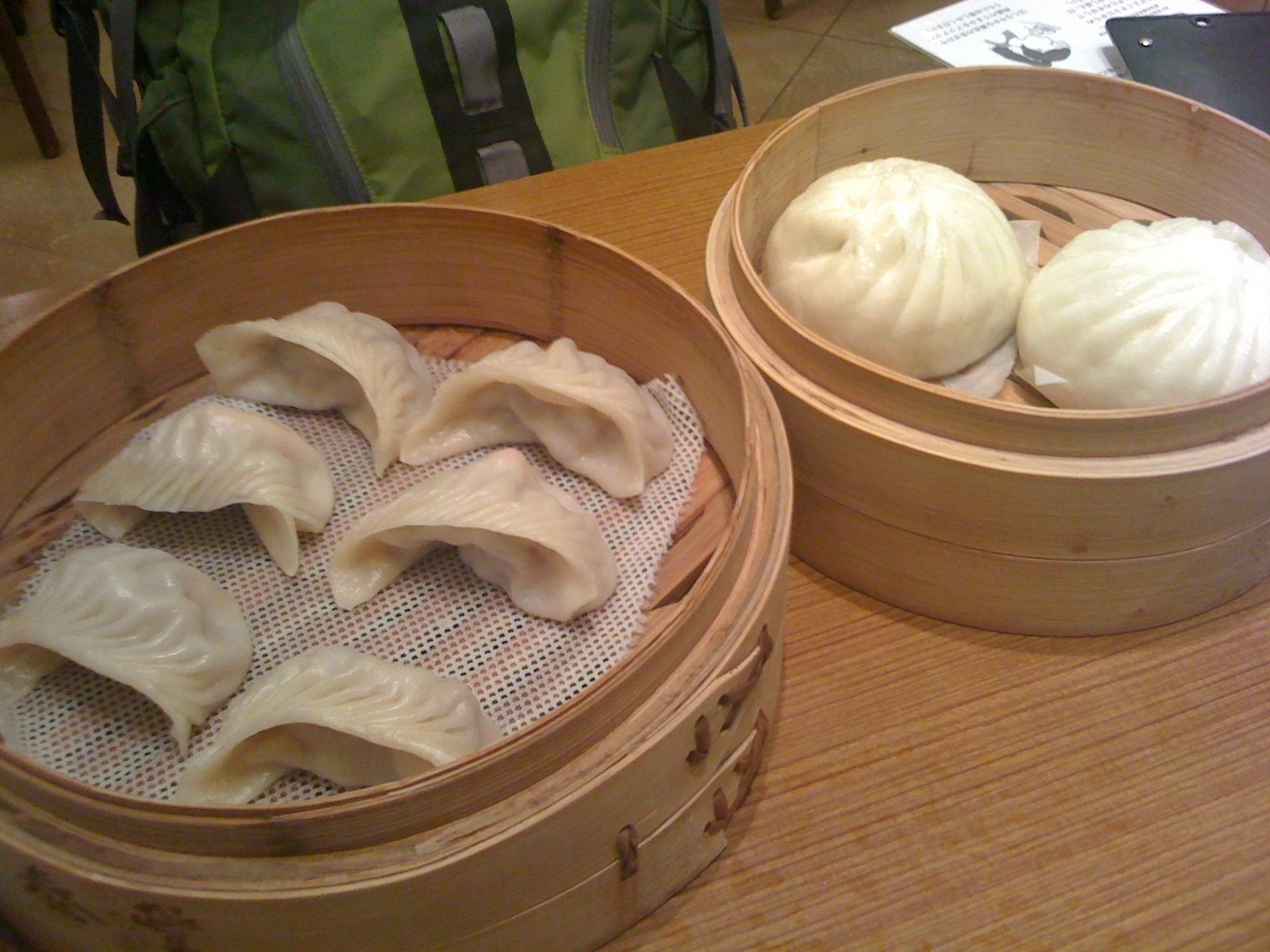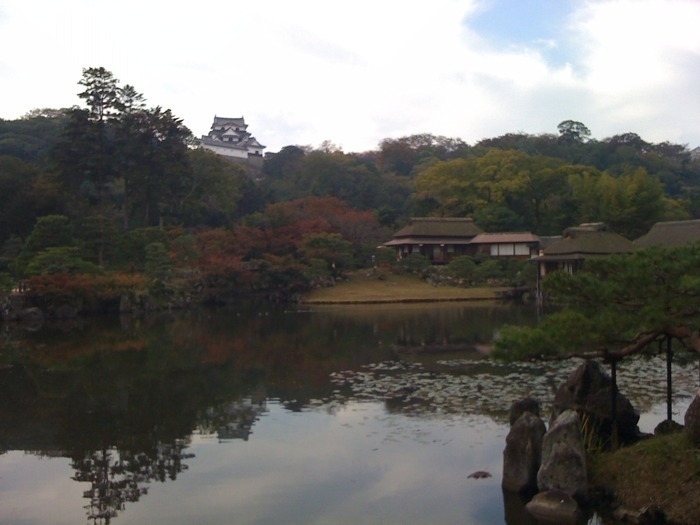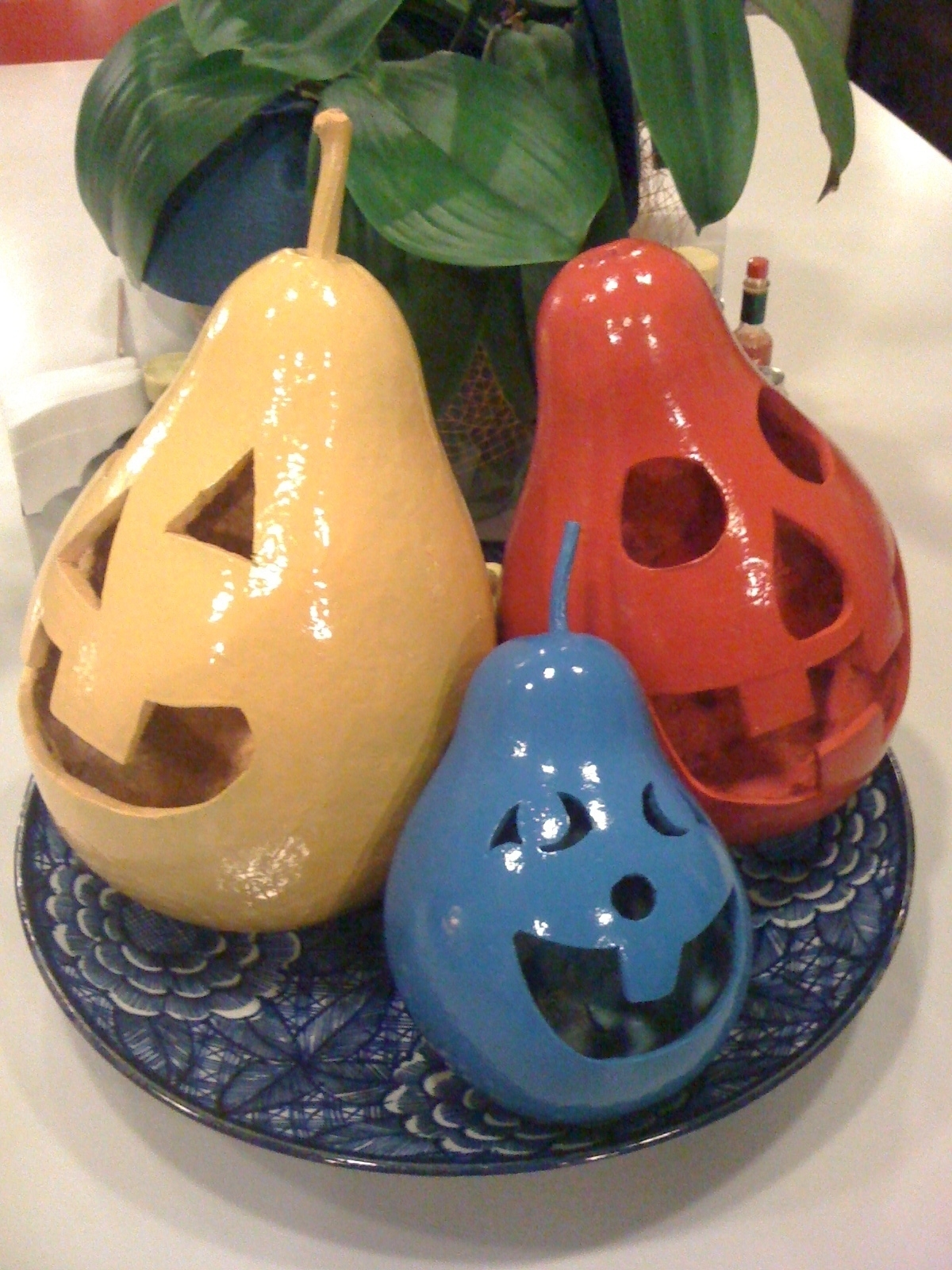When I came to Japan, because I have the privilege of coming from England, I was able to just exchange my UK UK driving licence into a Japanese driving licence without taking any sort of proficiency test. At first I thought this was because Japan drive on the left side of the road like the UK. But that's not the case, as there are a number of right-hand-side-of-the-road countries (e.g. most of Europe) which also have reciprocal agreements with Japan for licence exchange.
However despite having been a driver in the UK for 13 years and having a clean record, when I received my Japanese licence I was designated a 'new driver'. This is indicated on the top-most licence below by the green strip across the middle. Within this green strip is the expiry date of the licence. (The year is written in the
standard Japanese era format.)
The problem is that my licence was due to expire in March 2011 (three years after having received it), but having contacted the driving licence centre a week or two ago, I was told that I could go along to the centre before leaving Japan and pay 4250 yen (about 30 pounds) to extend my licence for an extra year. This gives me enough breathing space.
As an aside it's a real pain in the arse that in Japan everybody has to renew their licence every few years (up to five). In the UK once you have your licence you keep it (providing you commit no driving offences) until you reach old age, no renewals necessary. One would think with such a strict renewal system here it would breed better drivers, but, well that's a whole other subject I could write about, suffice to say that it definitely doesn't seem that way to me having driven here now for two years.
Back to the story, so I went along to the centre this morning and went through the application process (forms, eye test, new photo) in about half an hour, and was then told to go upstairs to 'watch a video'. I was expecting this to take about 30 minutes or so, but oh no. First we had a lecture for 1.5 hours(!) on driving and road safety by some guy with a droning voice. Why is it always the case that they make the presenters of such lectures have boring voices? Imagine if they actually made it entertaining, they might not get a quarter of the class of 50 people sleeping, as was the case this morning.
He covered such subjects as:
- use of seatbelts
- numbers of deaths and accidents
- recent changes to the law
- stopping distances
- drinking and driving, and using mobile phones
I did pick up a couple of interesting pieces of information actually. We heard that although there are more traffic accidents during the day than at night (which makes sense as most people are awake and out then) the percentage of deaths occurring in traffic accidents is actually greater at night.
Then he, using an overhead projector (something I haven't seen used since my school days), showed us some statistics that indicated that in Japan as a whole only 30% of back-seat passengers wear seat belts when travelling on normal roads. This percentage increases to just 60% when travelling on the motorways. That's actually quite scarily low from my point of view! For the passenger seat the percentage is only in the 80s. I guess the one positive was that we were also shown percentages for just Nagano prefecture, and these were all slightly higher than the overall figures.
After the lecture was over, we were then shown a 30-minute video which was basically just showing real-life examples of the different kinds of car accidents that happen. I guess it was partly shock tactics, but it was more interesting than the lecture.
When we finally left the lecture room we were all given our new licences, and I noticed immediately that I now had a blue strip instead of green. I found this information online about the different coloured strips:
"Japanese driver's licenses have 3 colors - green, blue and gold - for the term of validity. Green is for the new driver who gets their license for the first time, blue is for drivers who have renewed, and gold is for the excellent drivers who have had no accidents/violation of traffic rules in the past 5 years. It is valid for 5 years."
(I resisted the urge to change the noun 'license' in the above quoted text to the British spelling 'licence' - not to mention the atrocious grammar.)
Unfortunately because of the timing of this renewal, when I renew this new licence in 2012 I will have only had a licence in Japan for four years. So I'll be given another blue licence, and then only on the next renewal three years later (2015) finally get my gold card (assuming I don't flagrantly violate the law in the meantime). Bummer!
Finally I've highlighted a couple of changes on the new licence below:
(1) - They no longer declare me to be British (イギリス). I'm told this is because the new licences have an IC chip inside that stores this information, so my nationality is removed for privacy reasons. The new licence is certainly thicker than the old one, I guess due to the embedding of the chip.
(2) - Interestingly enough on my eye test this time they told me that in fact my eyesight is borderline okay, meaning that I'm no longer legally obligated to wear glasses when I drive. So they removed this restriction from my licence.
